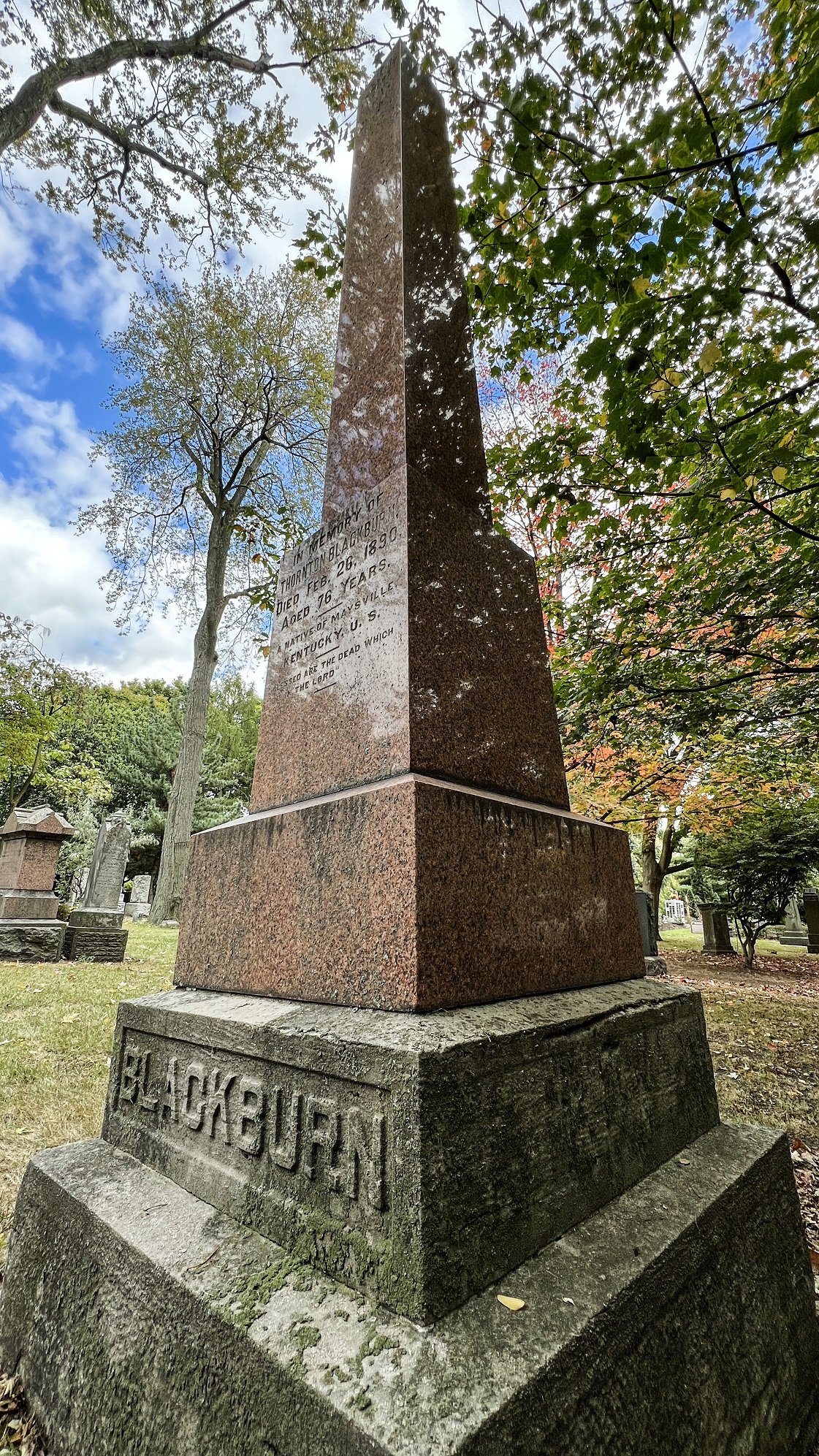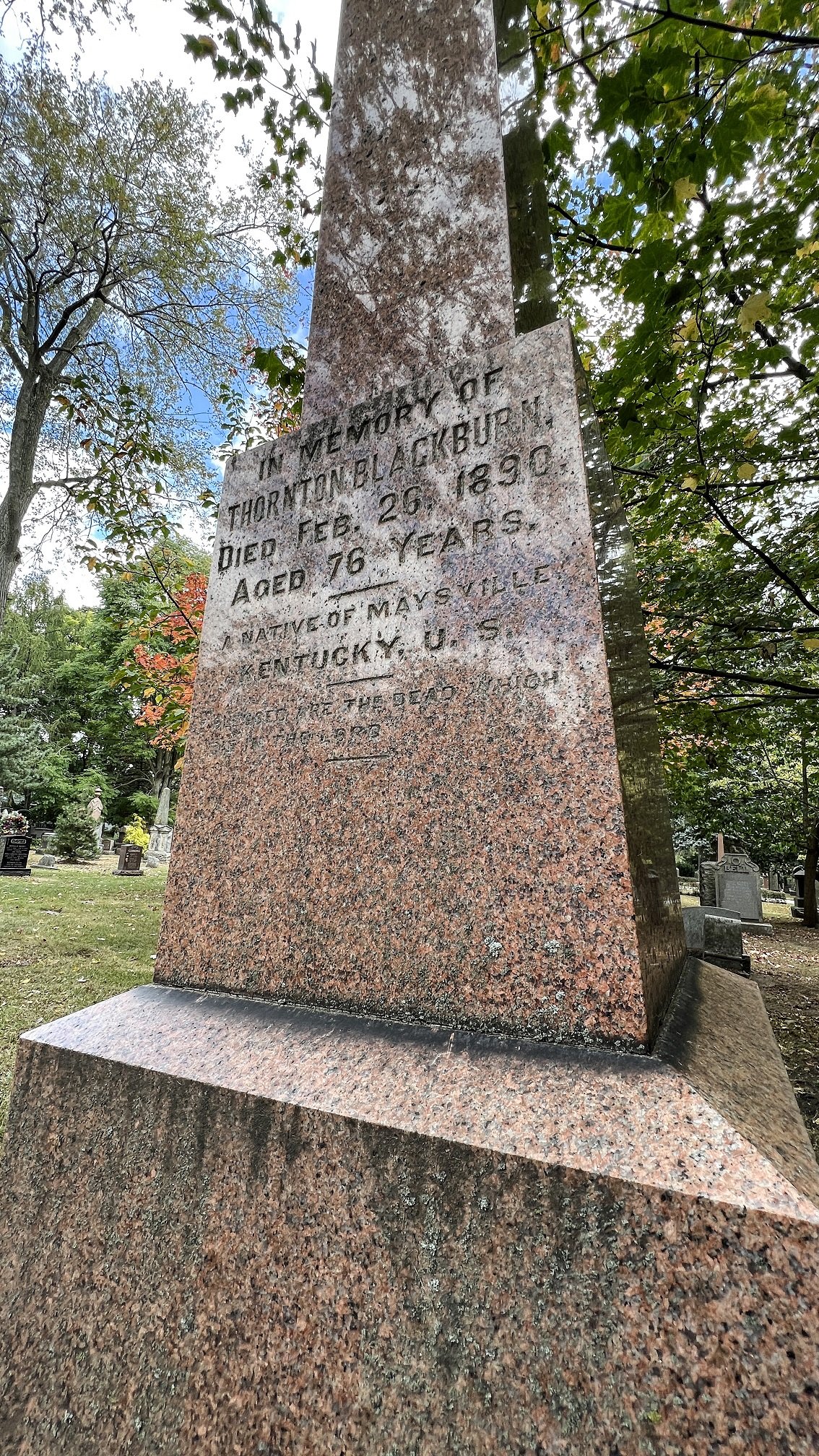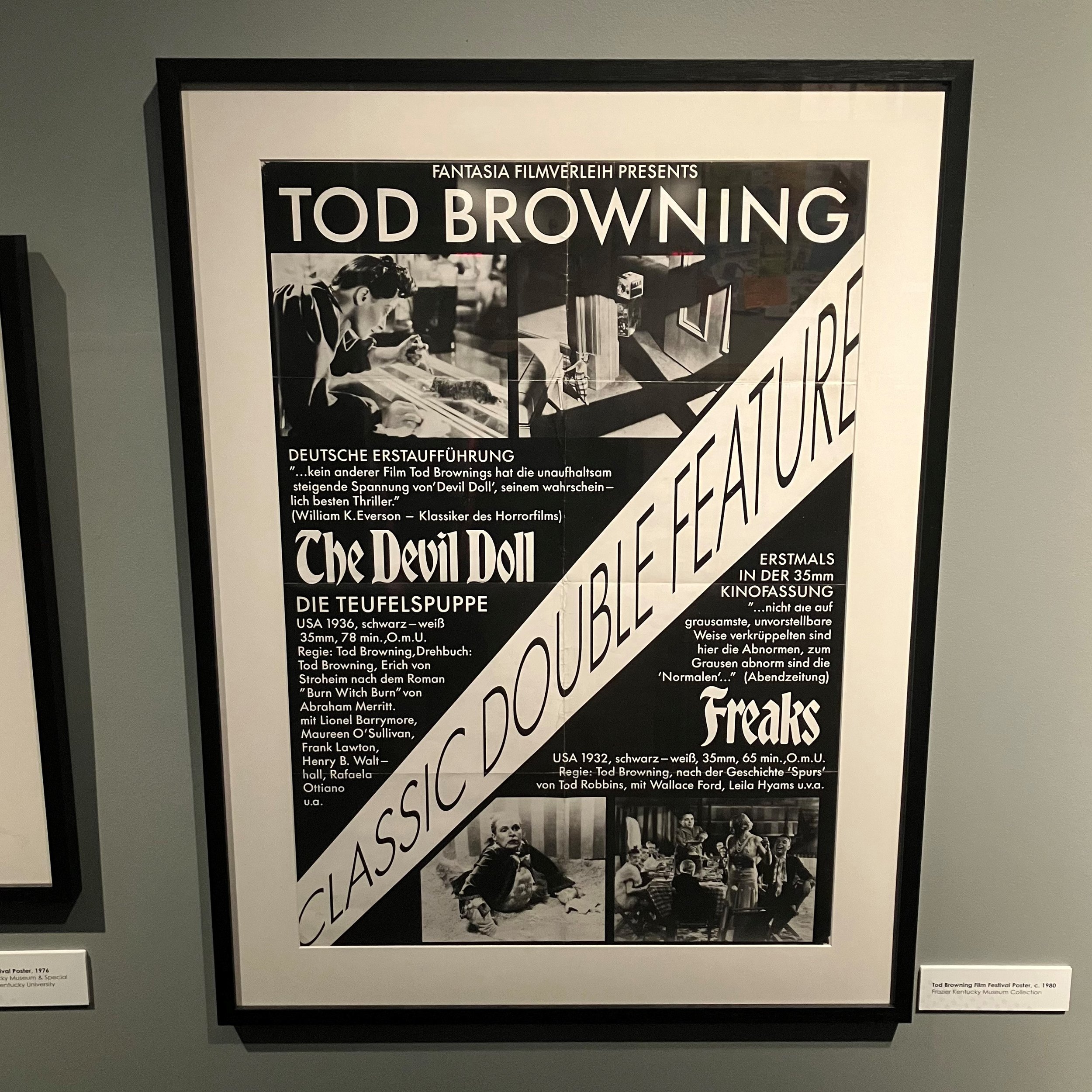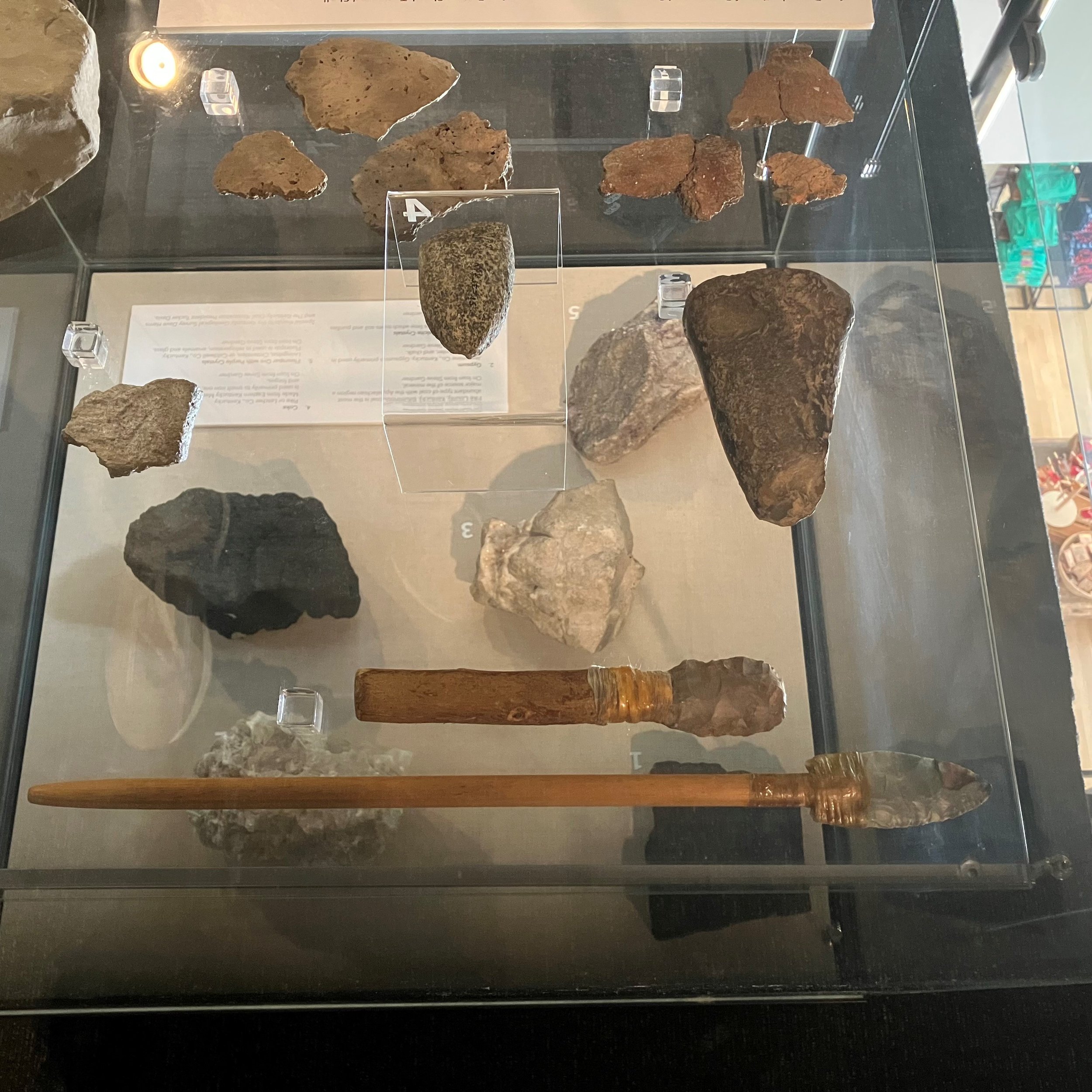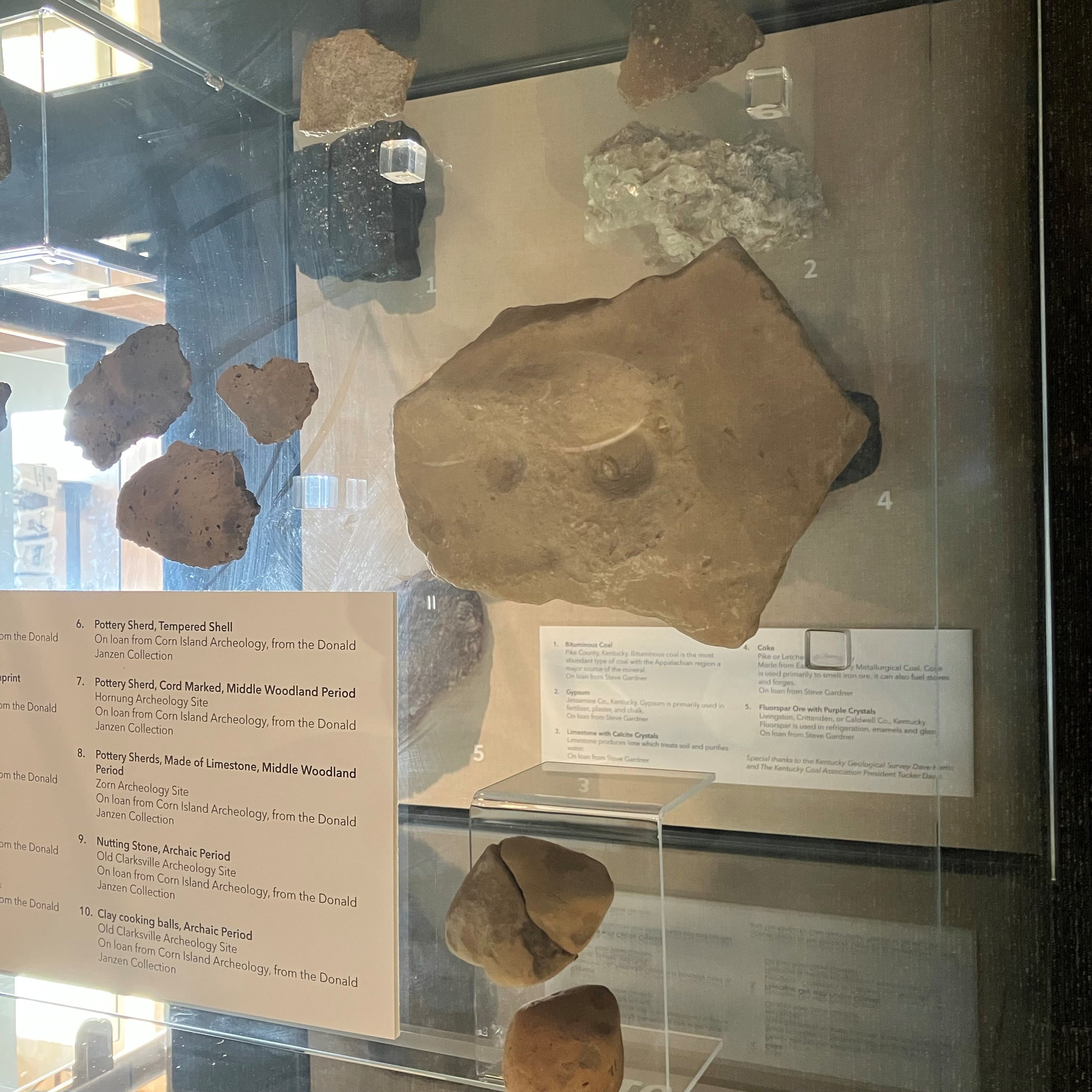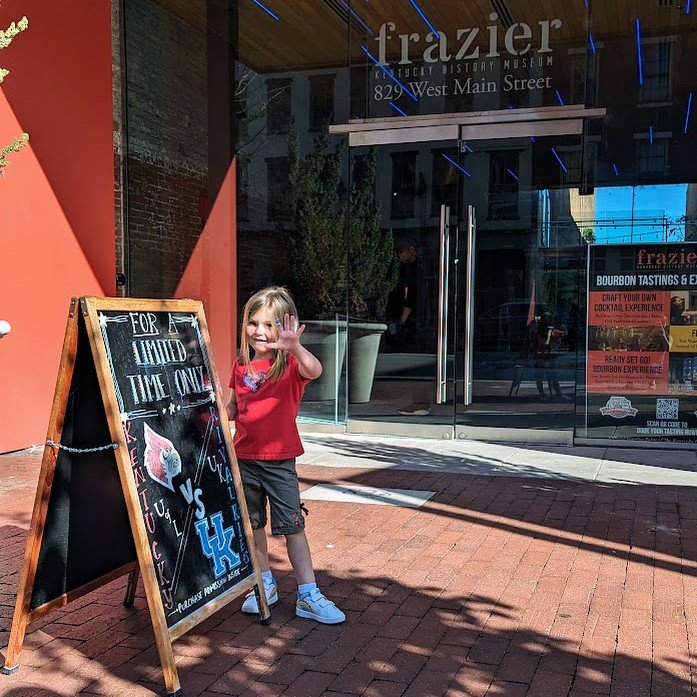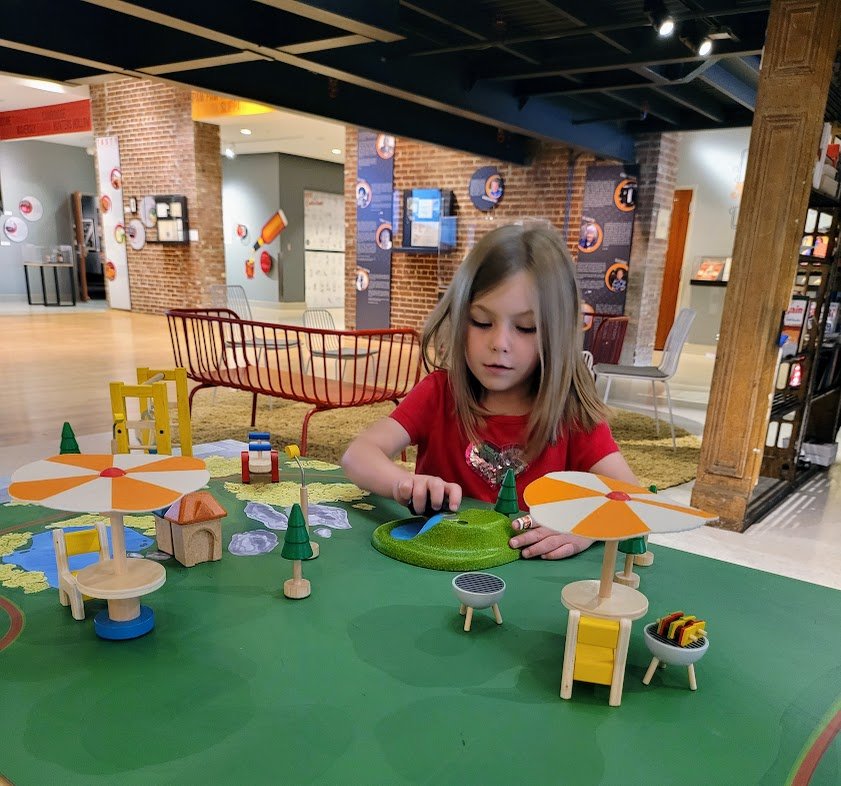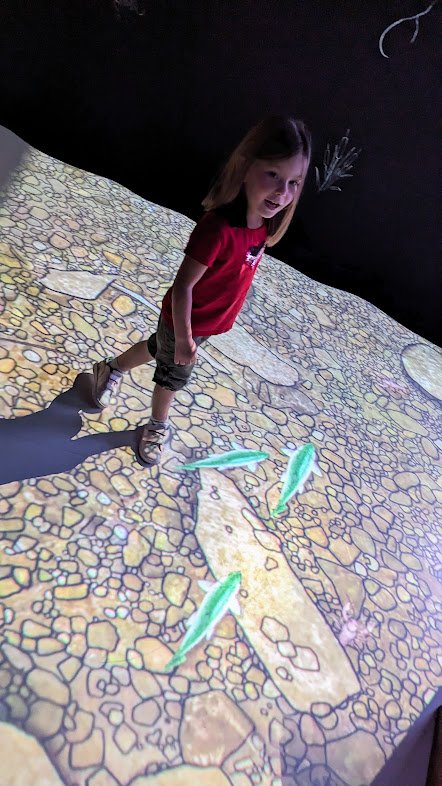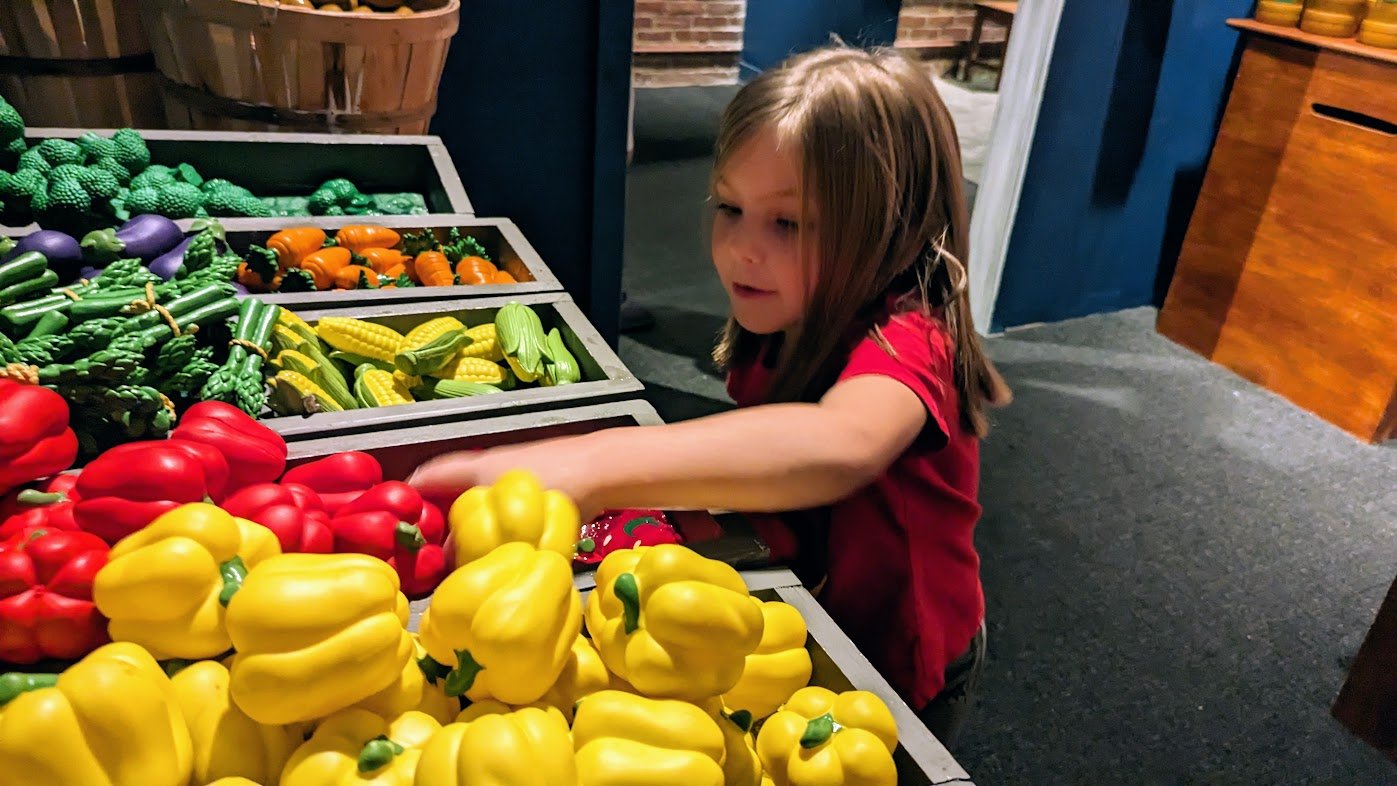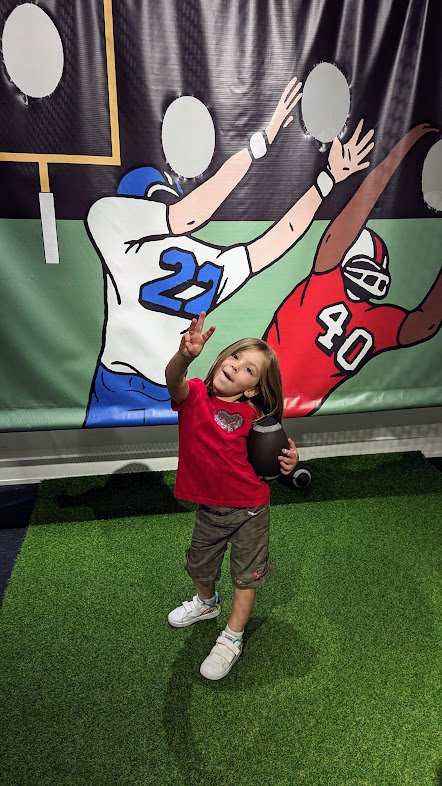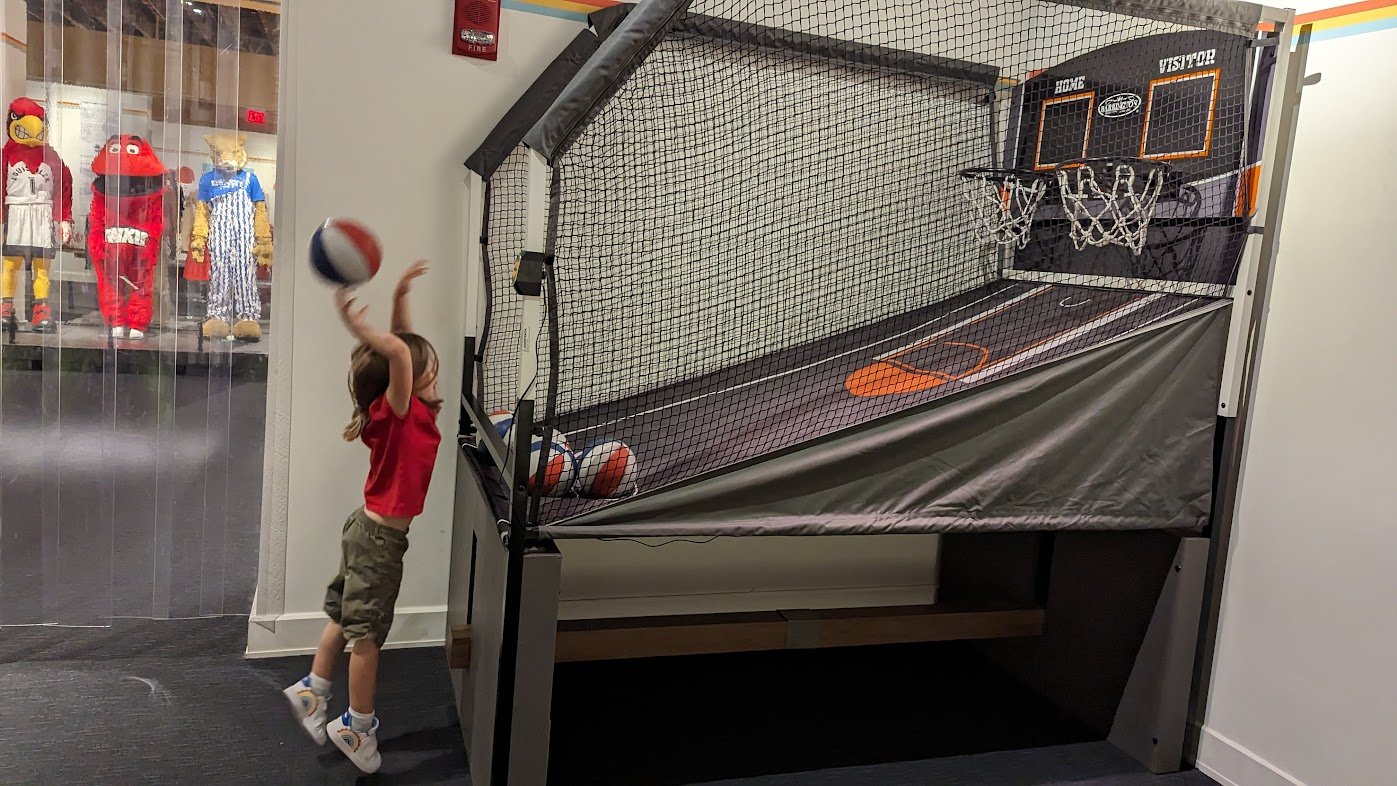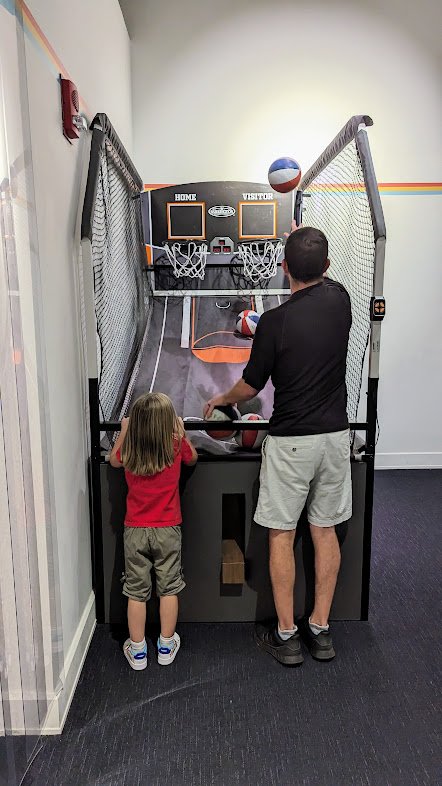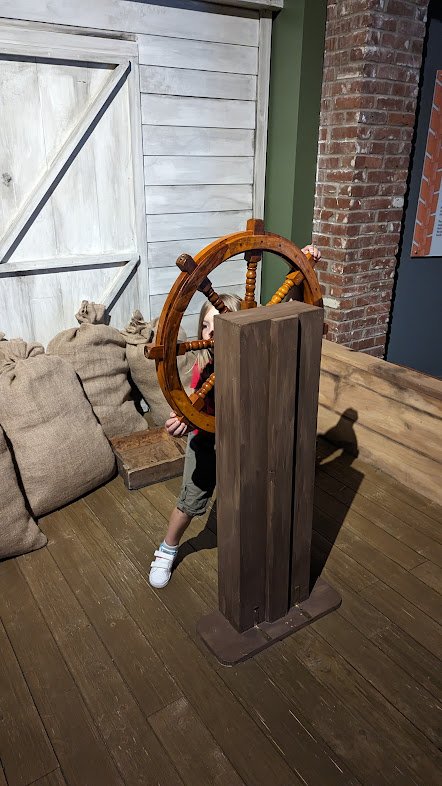Canada Trip with (Un)Known Project, Tod Browning’s 1932 Film Freaks, Mick & Kent Cover Dwight Yoakam, and More
It is a story that has captivated me since I started working here at the Frazier History Museum: the story of Thornton and Lucie Blackburn, an enslaved couple who found freedom in Toronto, Canada, after a daring escape from Louisville in 1833.
Our education team became familiar with the Blackburns thanks to the book I’ve Got a Home in Glory Land written by Canadian author Karolyn Smardz Frost. She’s an archaeologist who in 1985 conducted a dig at the site of the Blackburns’ home in Toronto. It was the first Black history site dug in Canada and received international attention.
From left, artist Charmaine Lurch, author Karolyn Smardz Frost, Roots 101 African American Museum founder Lamont Collins, Frazier Museum VP of mission Rachel Platt, and IDEAS xLab CCO Hannah Drake and CEO Josh Miller pose for a photo in Toronto, October 2023. Credit: Josh Miller.
It was a full circle moment for me last week when a group of us visited Toronto and met with Smardz Frost. My travel companions were Lamont Collins from Roots 101 Museum, as well as Josh Miller and Hannah Drake with the (Un)Known Project, who funded the trip. We have partnered in helping to tell the stories we know—and uncovering the names and stories we don’t know.
Grave site for Thornton and Lucie Blackburn at the Toronto Necropolis Cemetery and Crematorium, October 2023. Credit: Josh Miller.
China recovered from the Blackburns’ former home in Toronto, October 2023. Credit: Josh Miller.
Bone recovered from the Blackburns’ former home in Toronto, October 2023. Credit: Rachel Platt.
The Toronto skyline pictured from an airplane, October 2023. Credit: Rachel Platt.
We visited the excavation site of the Blackburn home, where a school now stands. We learned how the couple helped those freedom seekers who came after them by having six homes ready to lease for practically nothing. Thornton Blackburn would begin Toronto’s first cab company; mass transit still uses some of the same colors today. We saw murals and artworks in their honor (keep in mind there are no pictures of Thornton or Lucie). We visited the Blackburn gravesite that also became the final resting place for others like Thornton’s mother. Did I mention he risked his freedom when he returned to Kentucky to rescue her?
The most profound part of the trip, though, was seeing and touching the artifacts Karolyn uncovered at the Blackburns’ former home in Toronto: bits of their dishes, remnants of a pipe, even an animal bone that told its own story with visible saw marks. We were flooded with emotions, imagining what their new and free life was like—and hoping they were happy.
Smardz Frost says frequently that America’s loss of people like Thornton and Lucie was Canada’s gain. As we flew out last week at dawn with a beautiful sunrise, I thought about the Blackburns: what it must have been like to have that new day, and finally freedom.
Here is a carousel of pictures from our trip. I will share more with you in the days to come.
Keep reading to see how you can discover local sites with ties to the Underground Railroad through The Journey, how two of our staff members give us some Dwight Yoakam twang, and the Frazier through the eyes of a five-year-old.

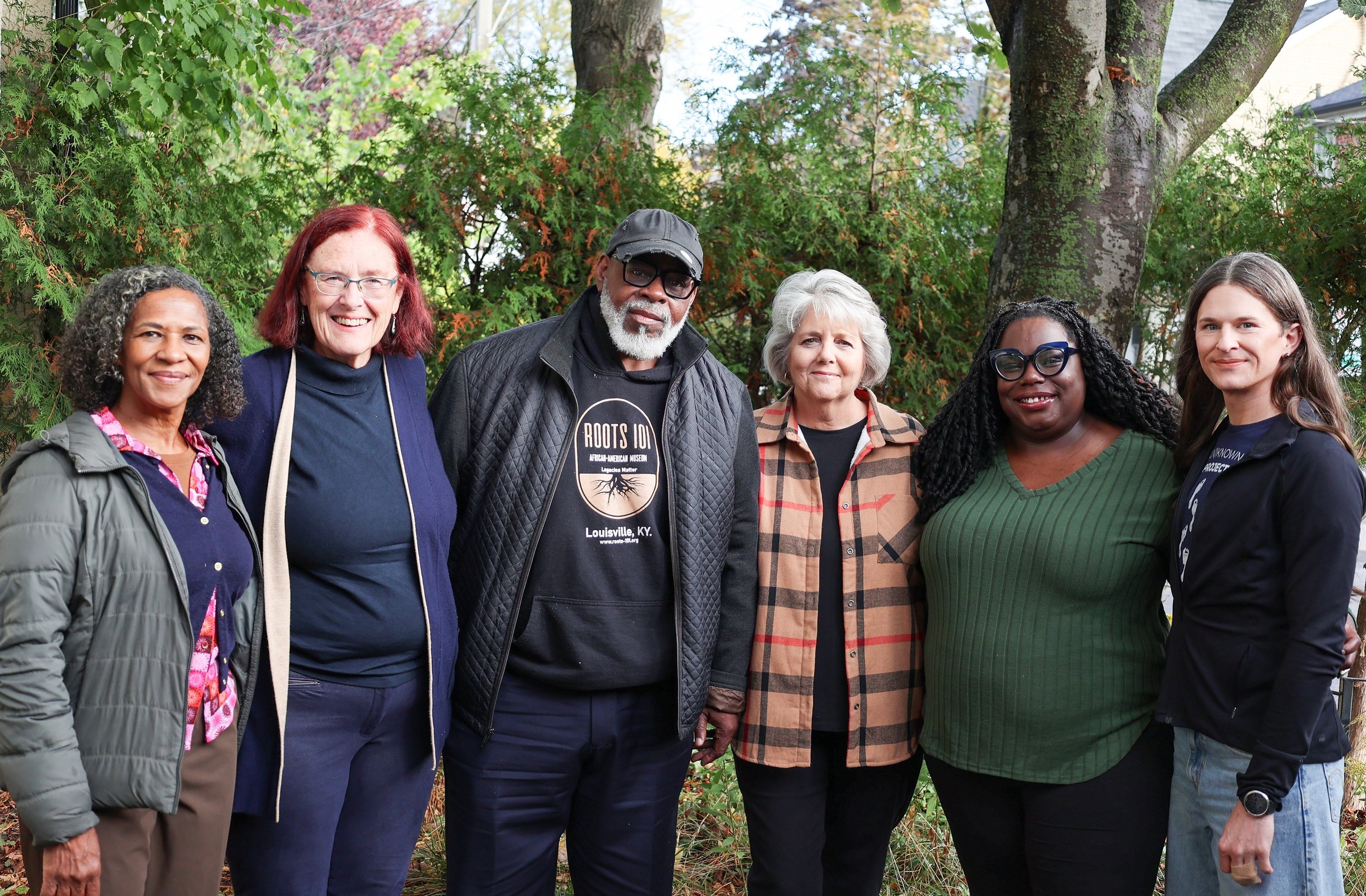
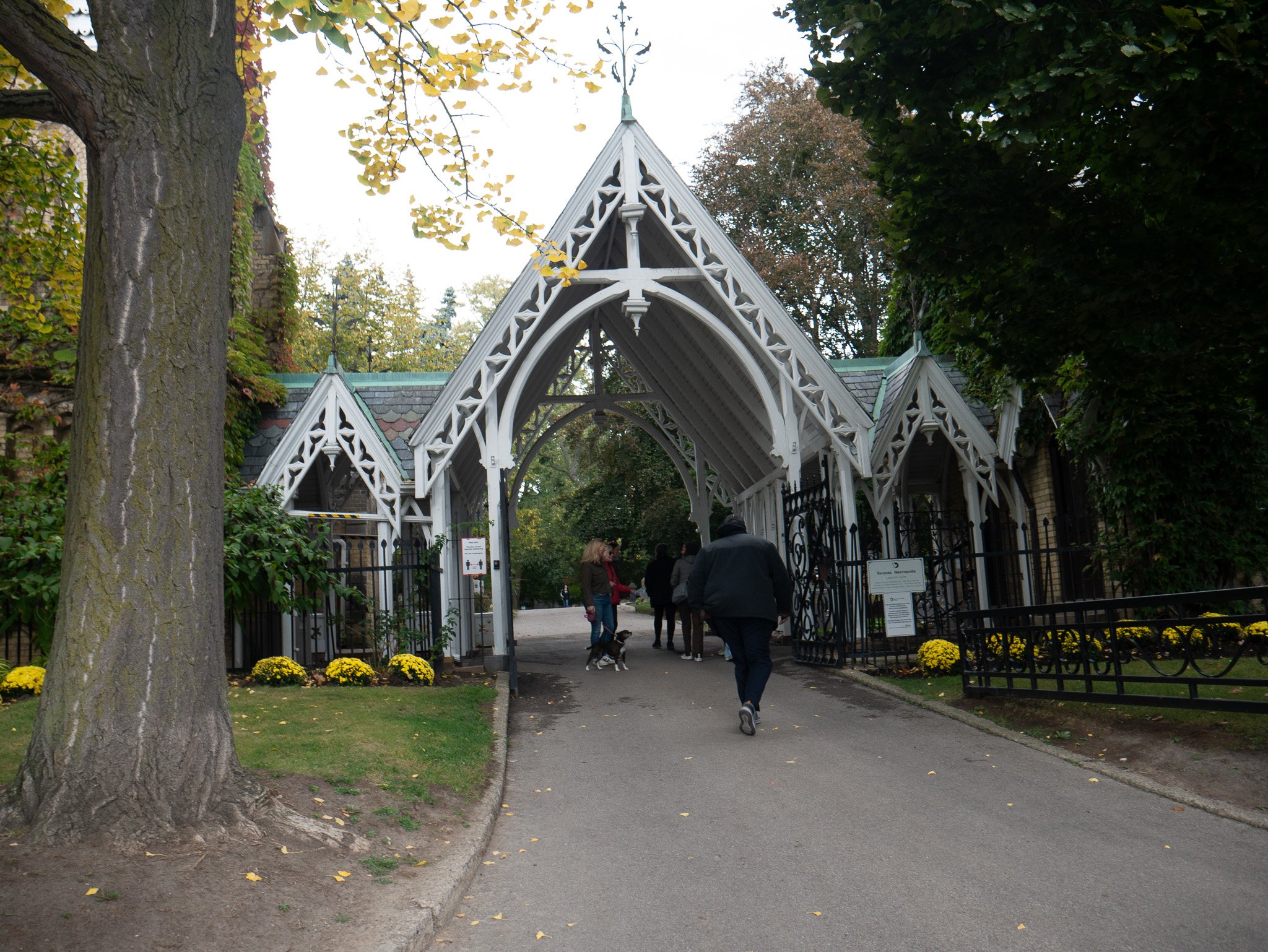
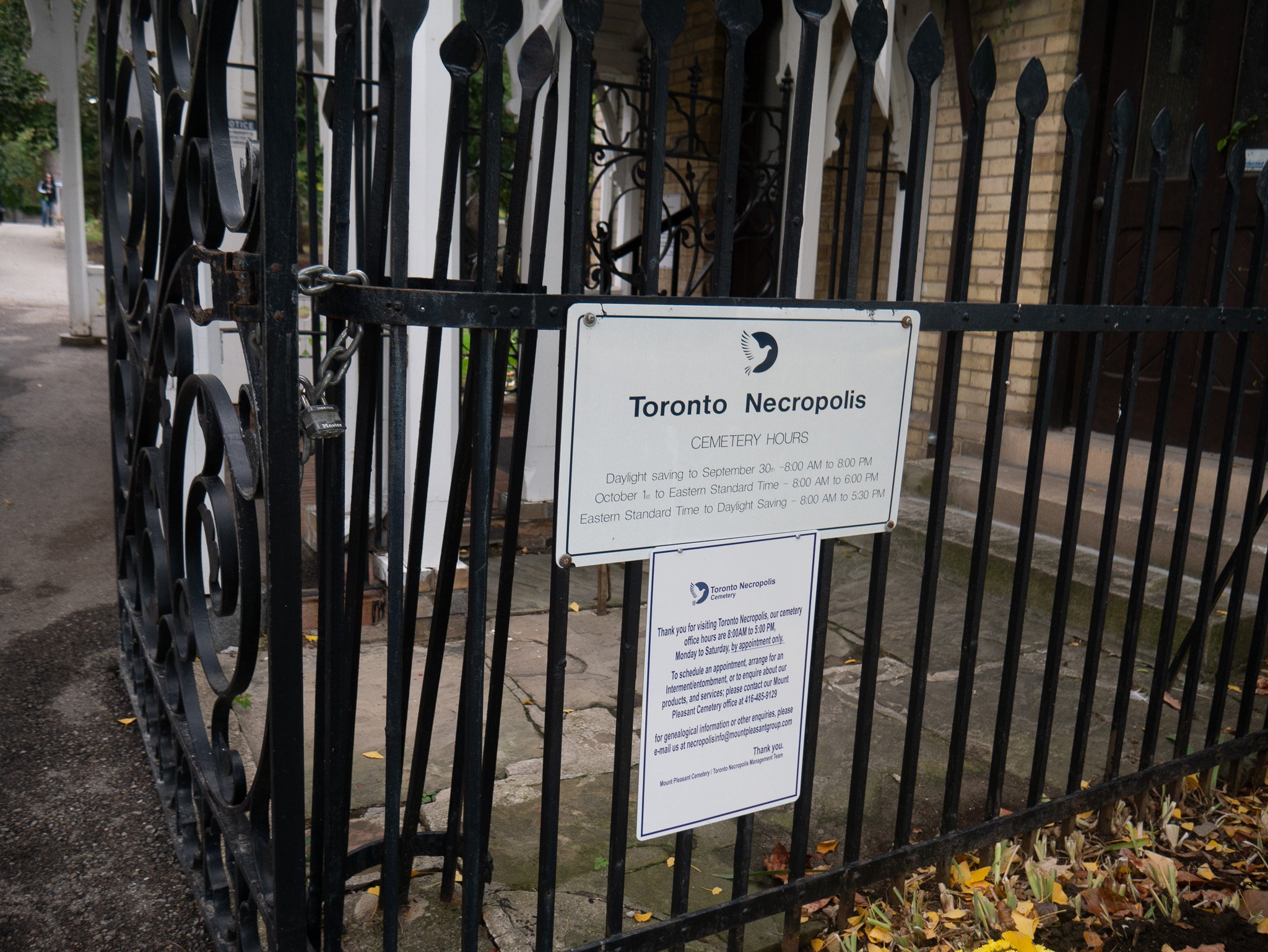
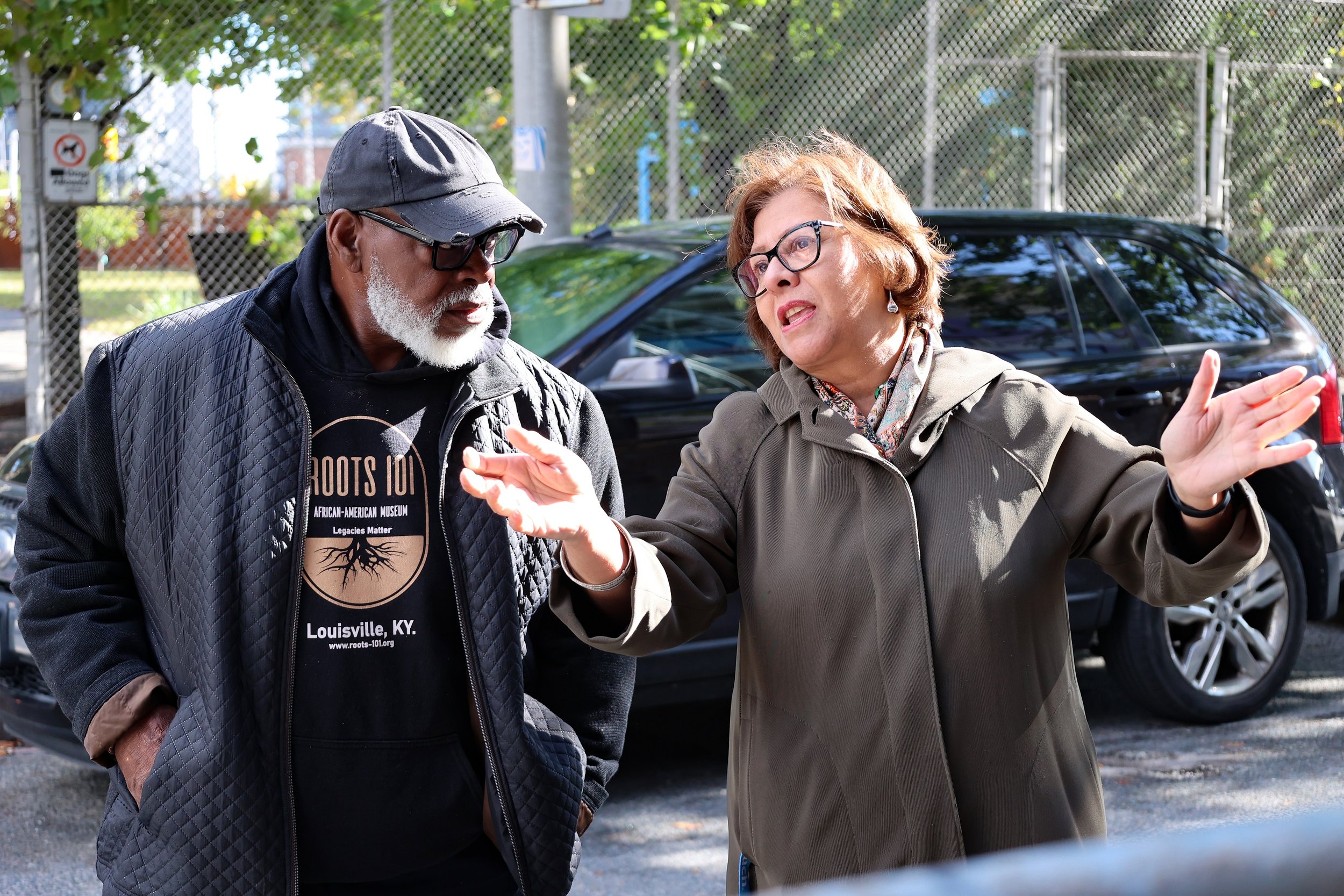


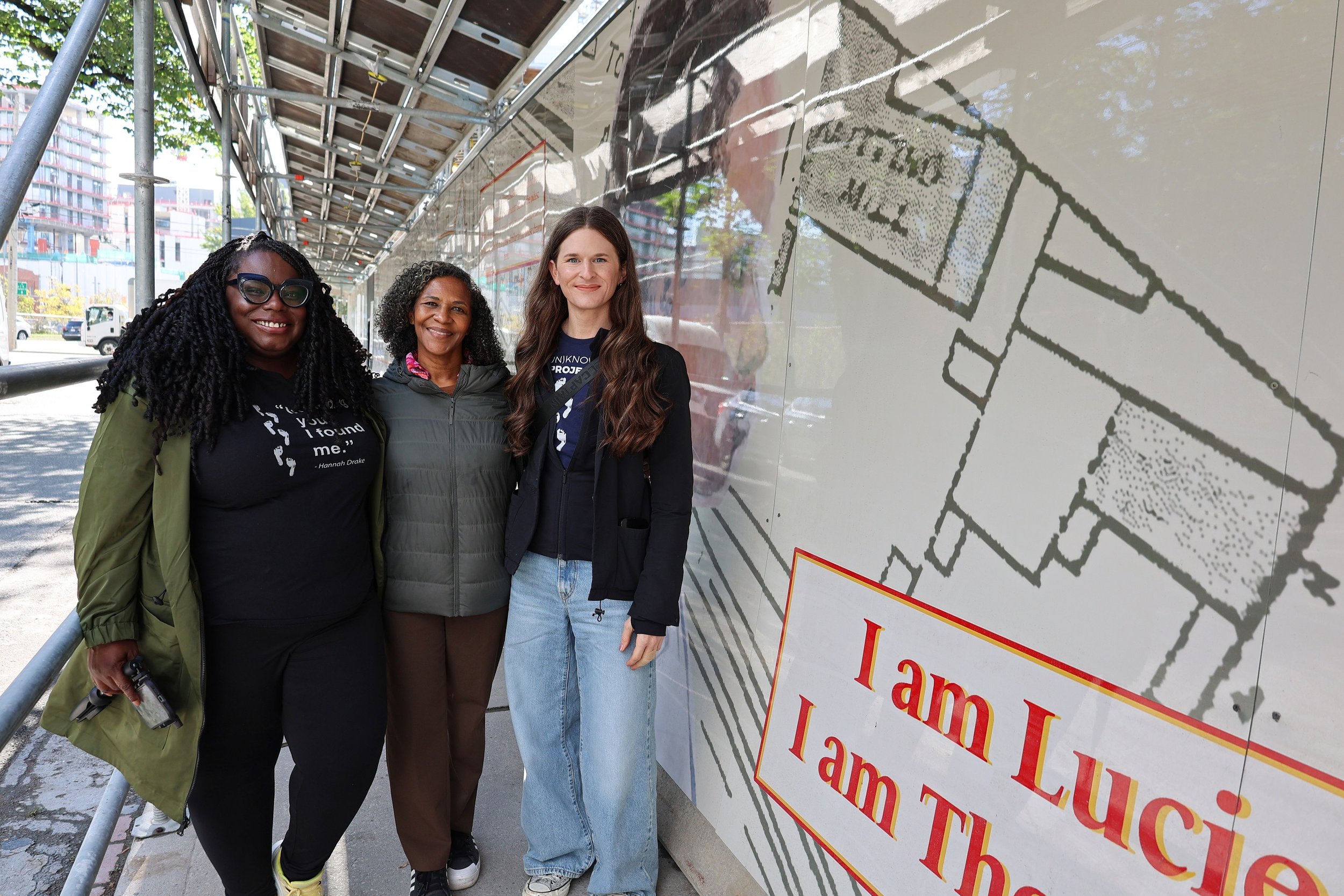



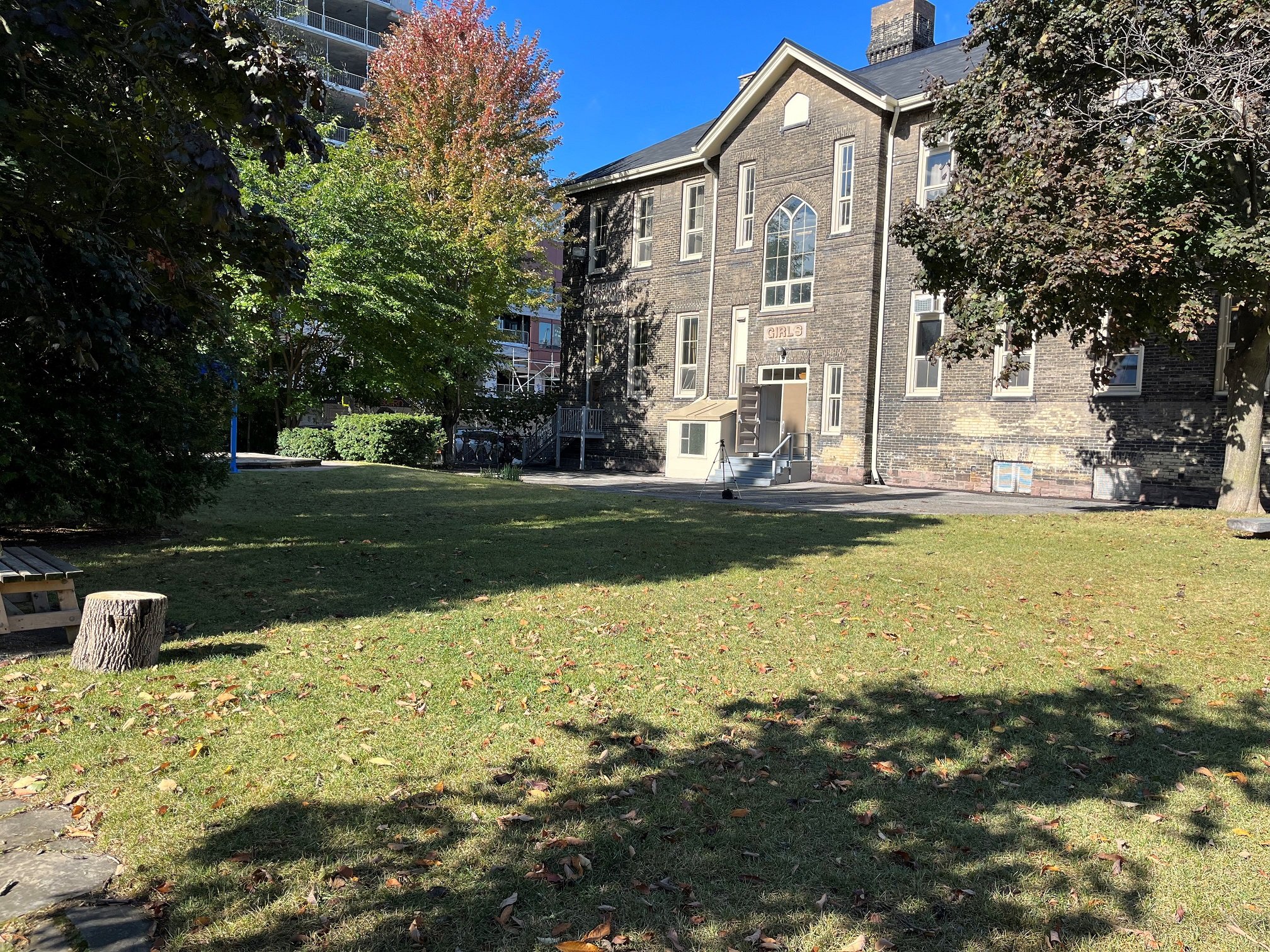
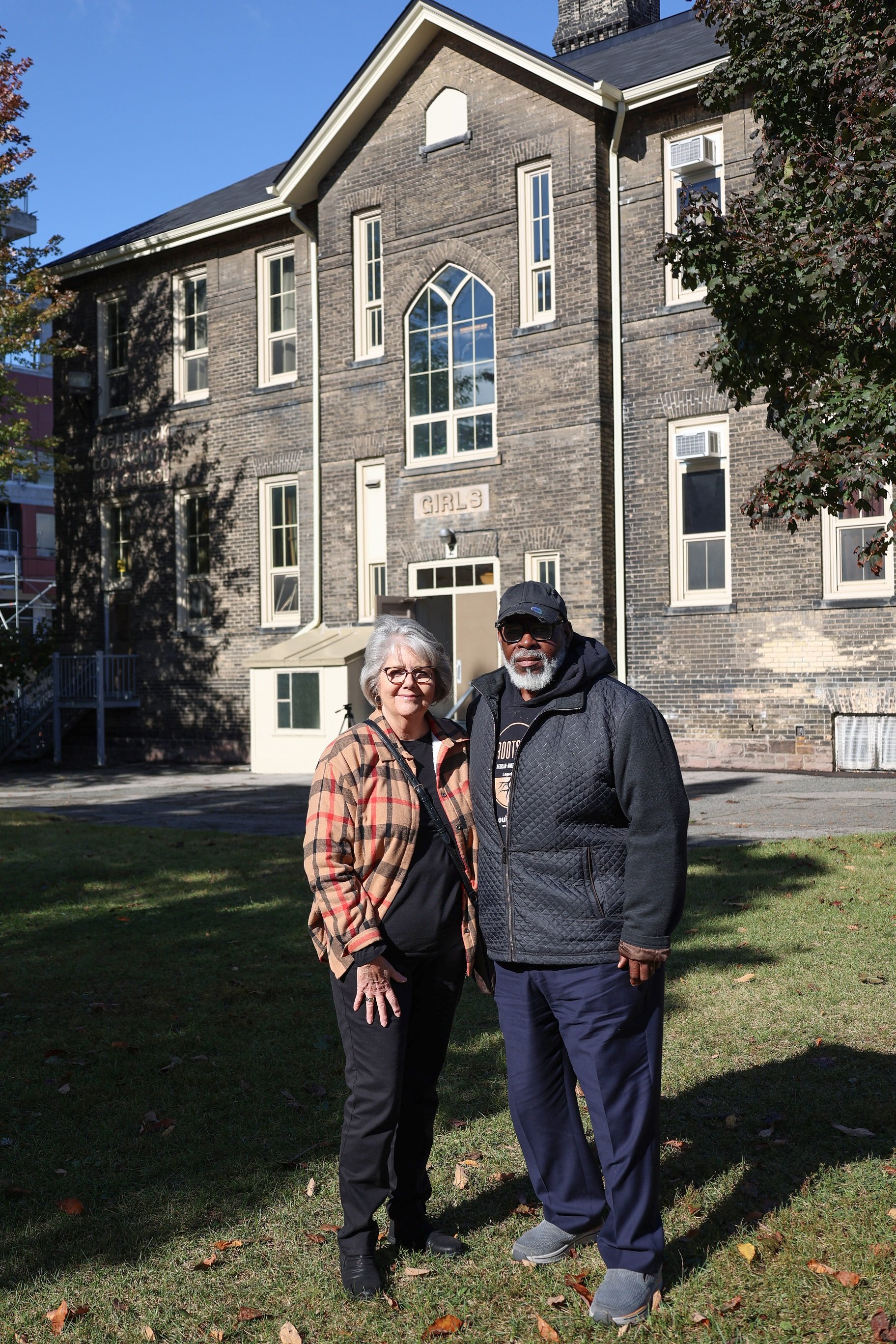
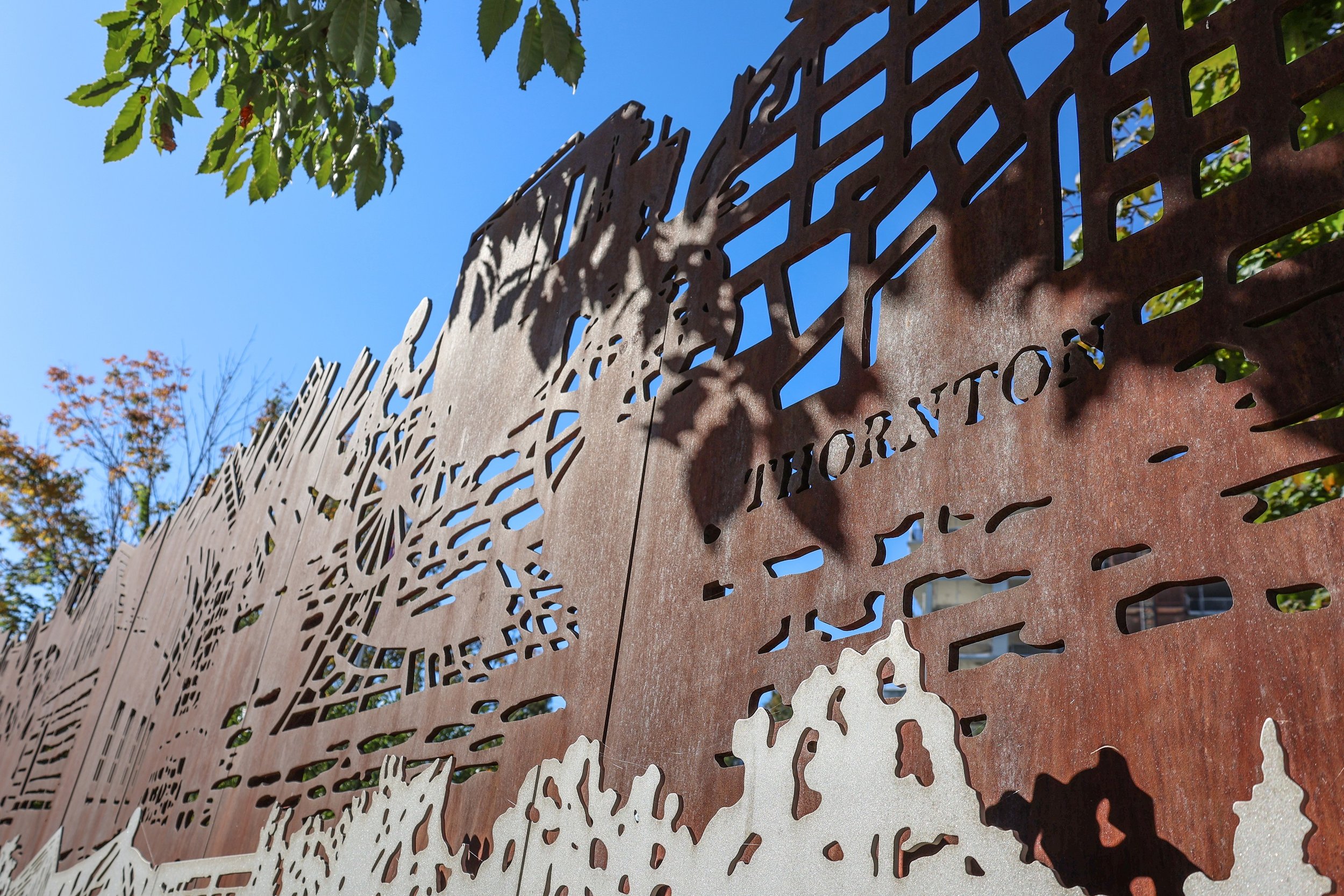
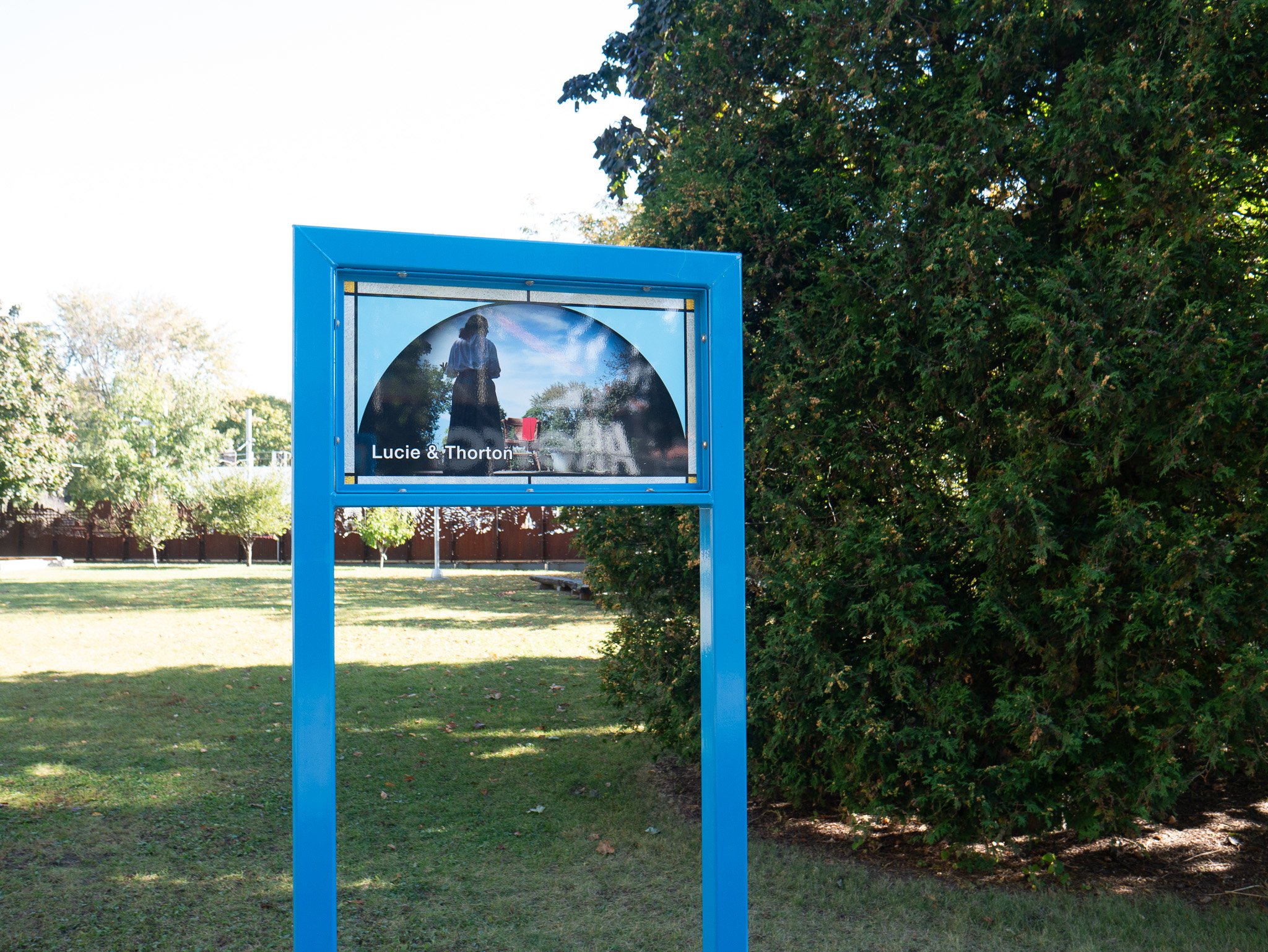
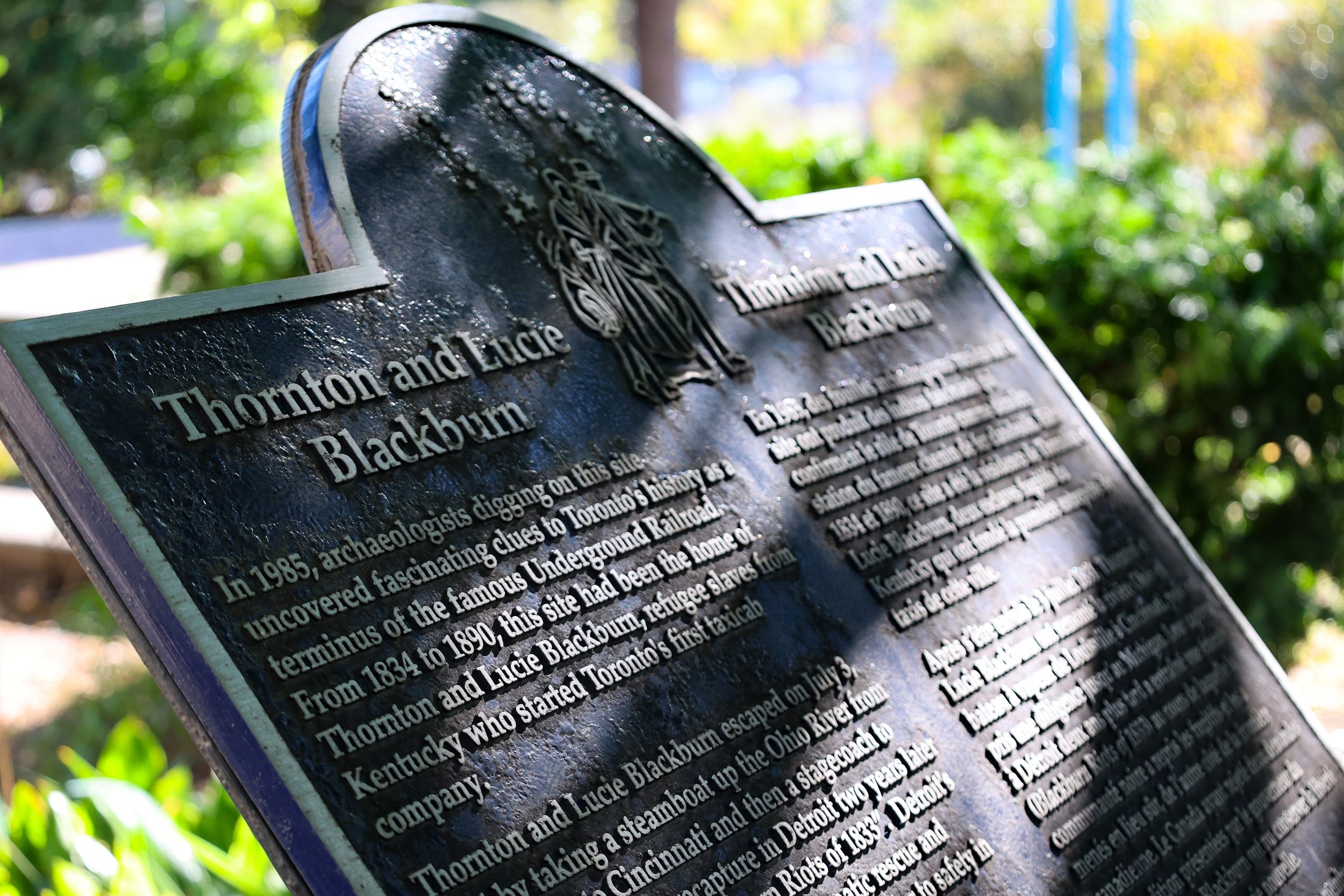

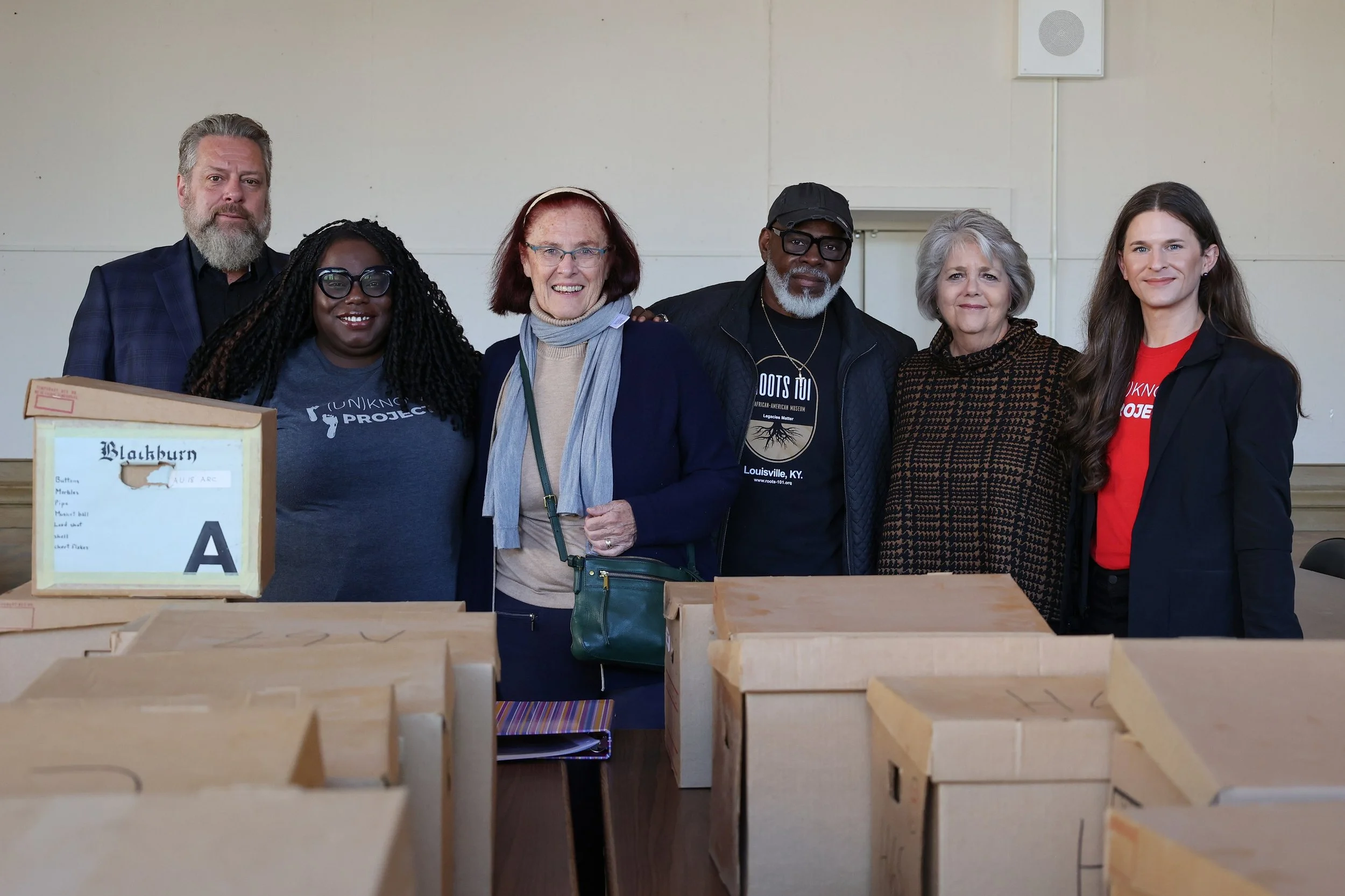
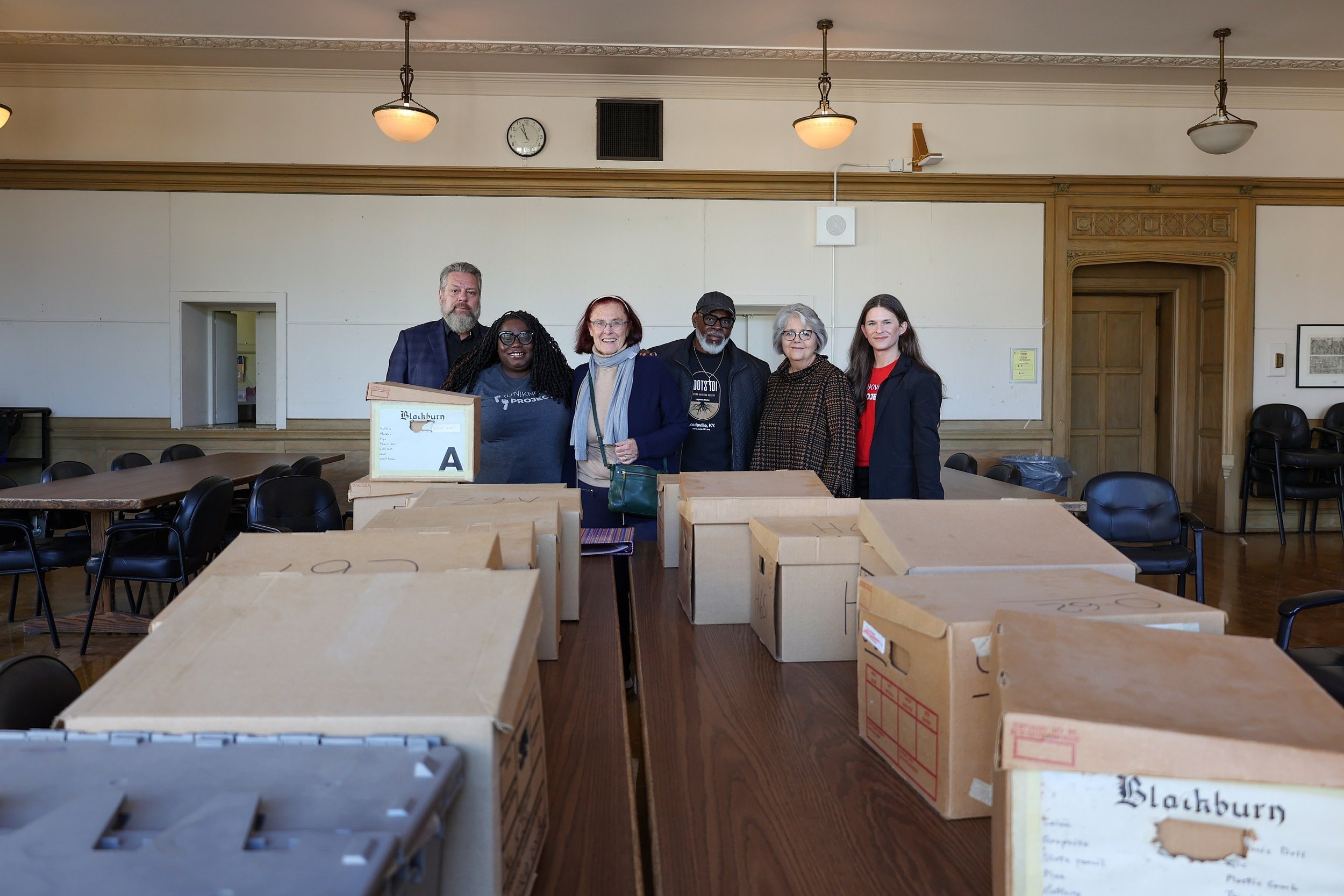
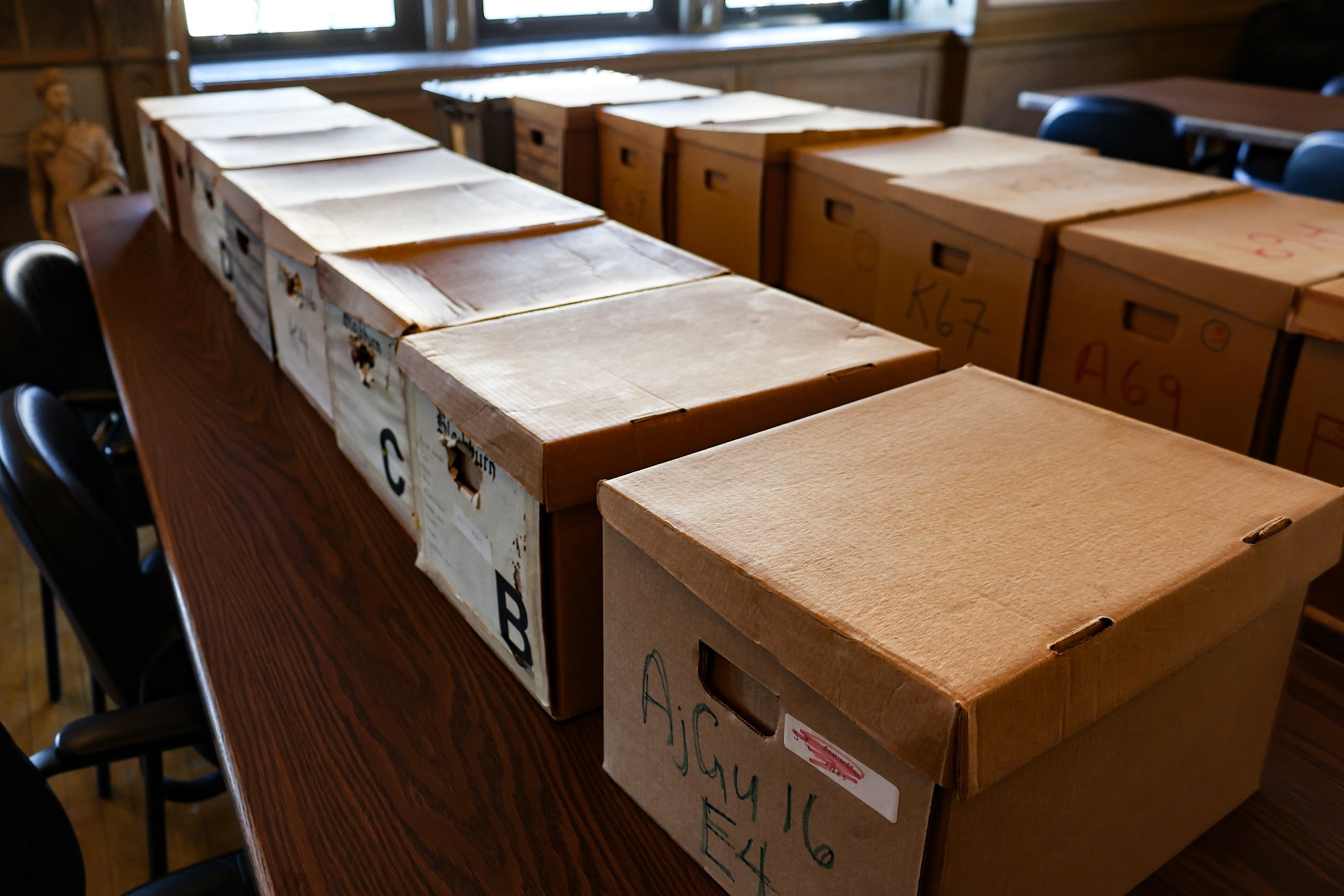

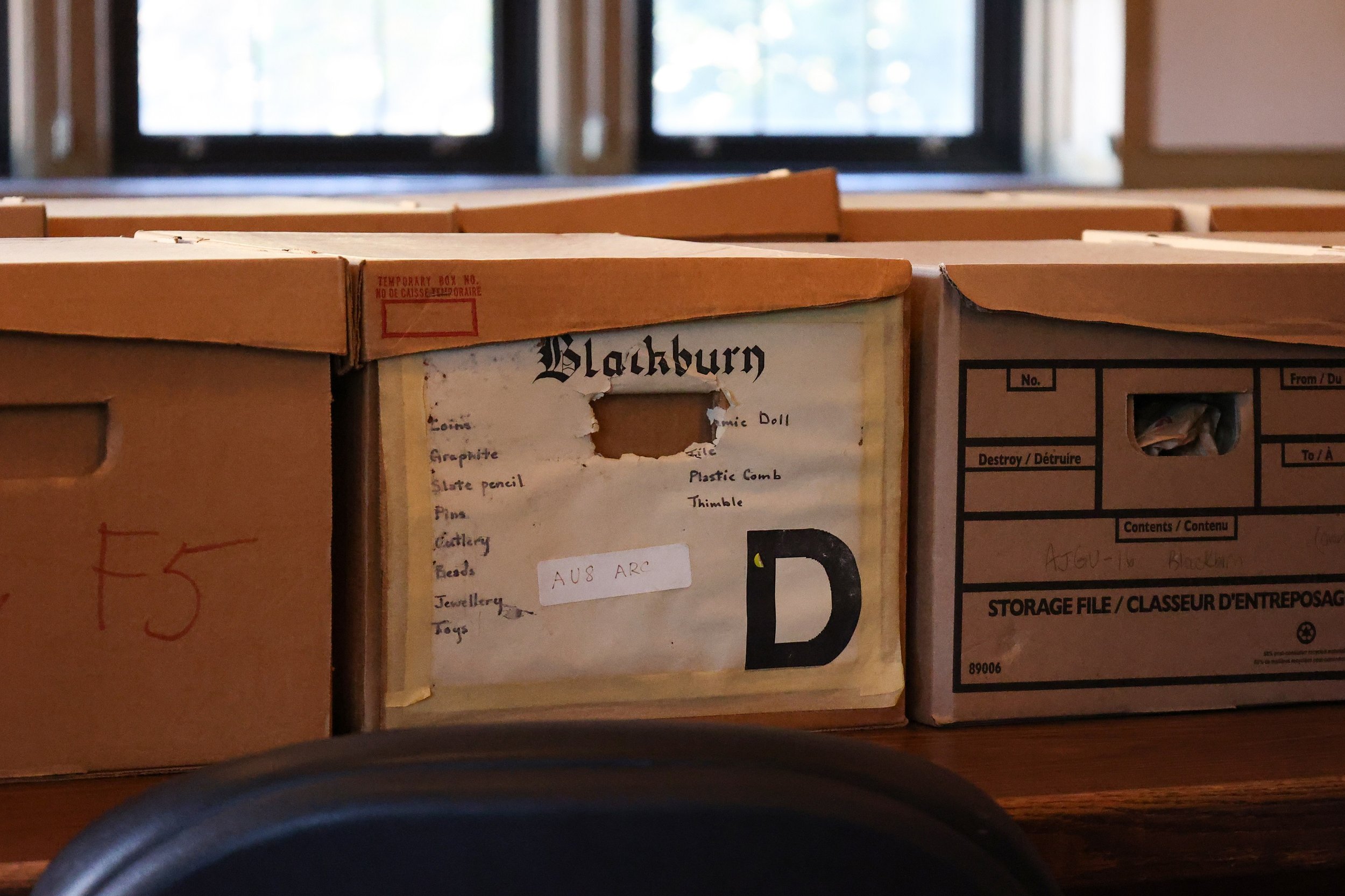
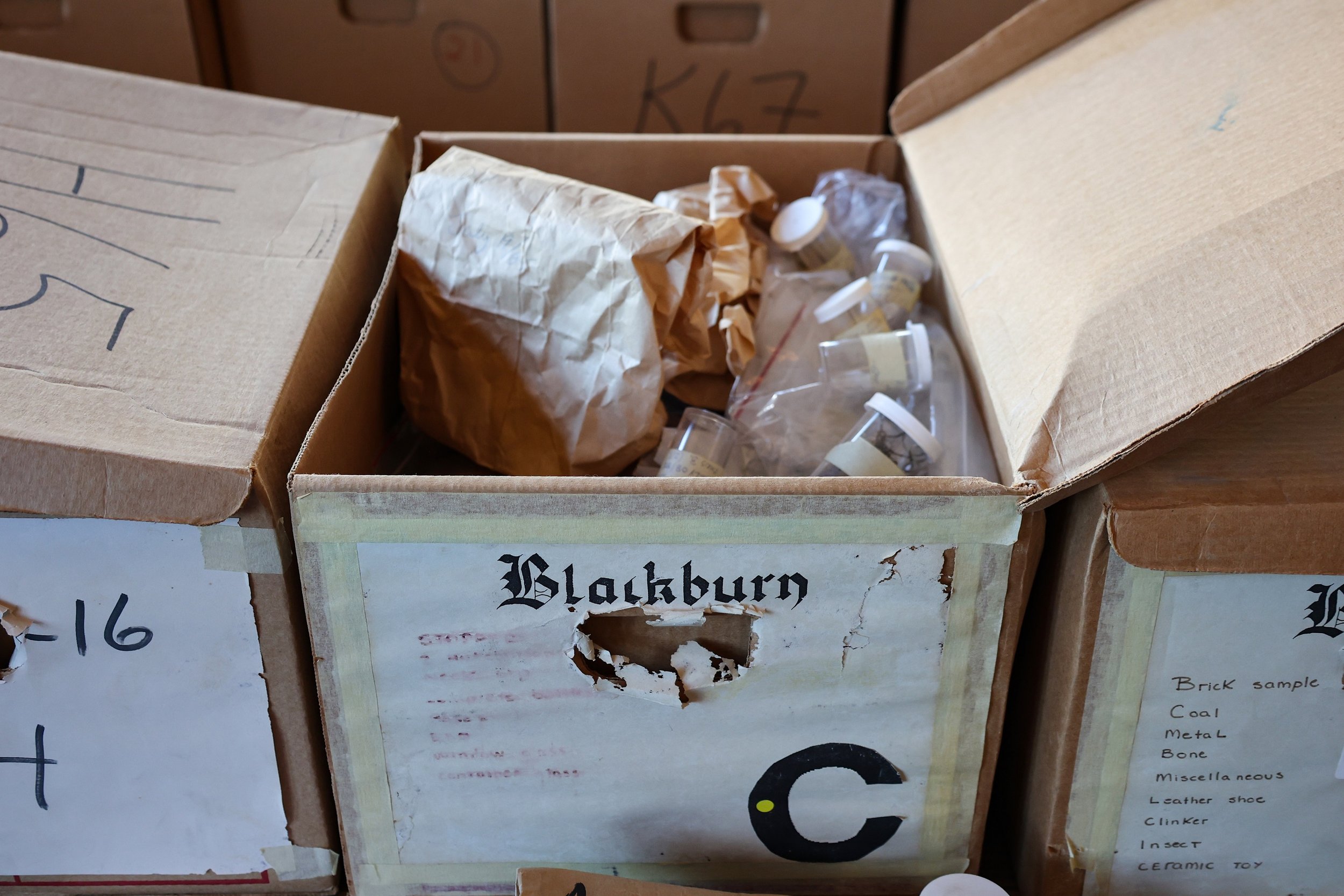
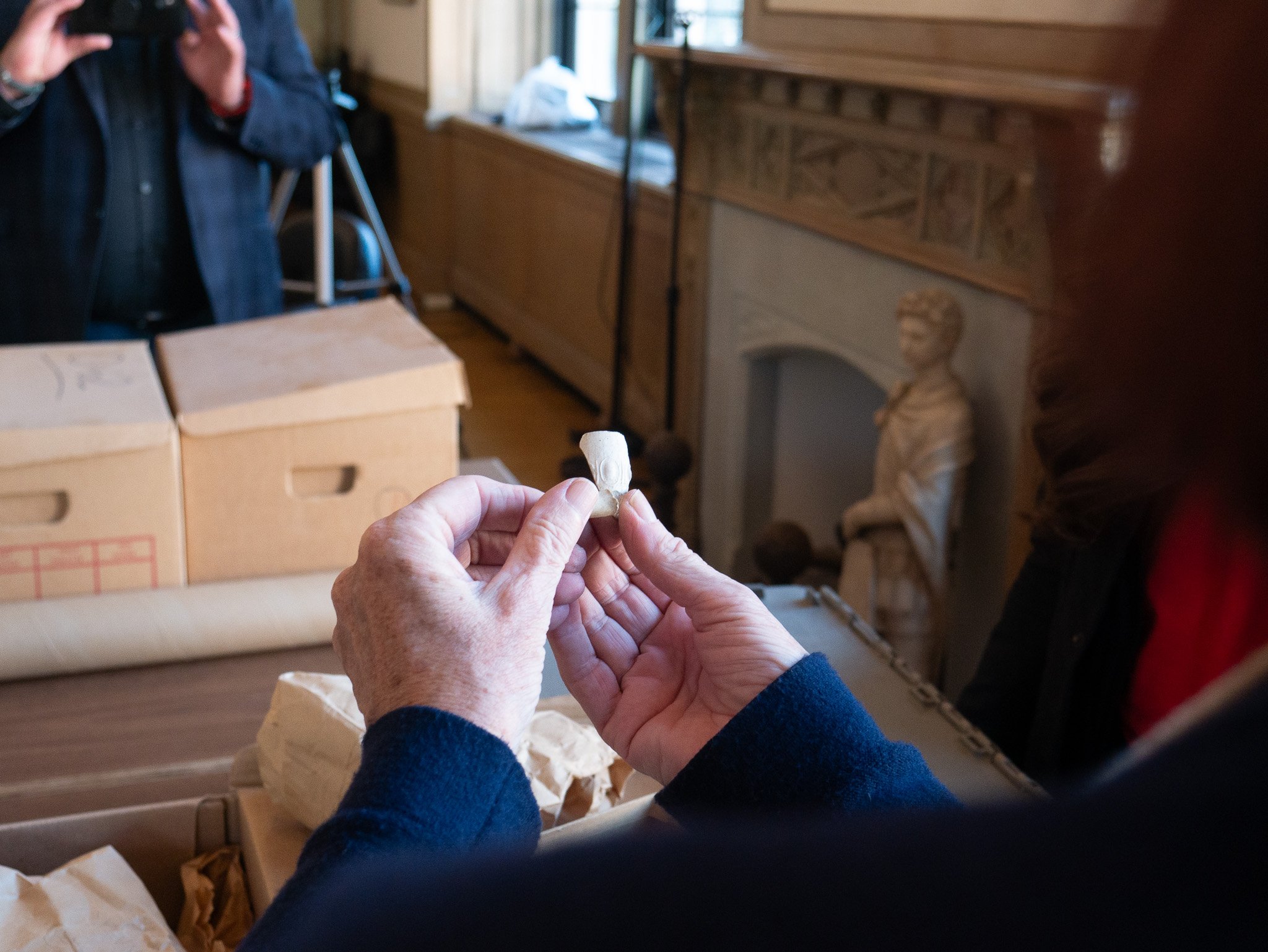
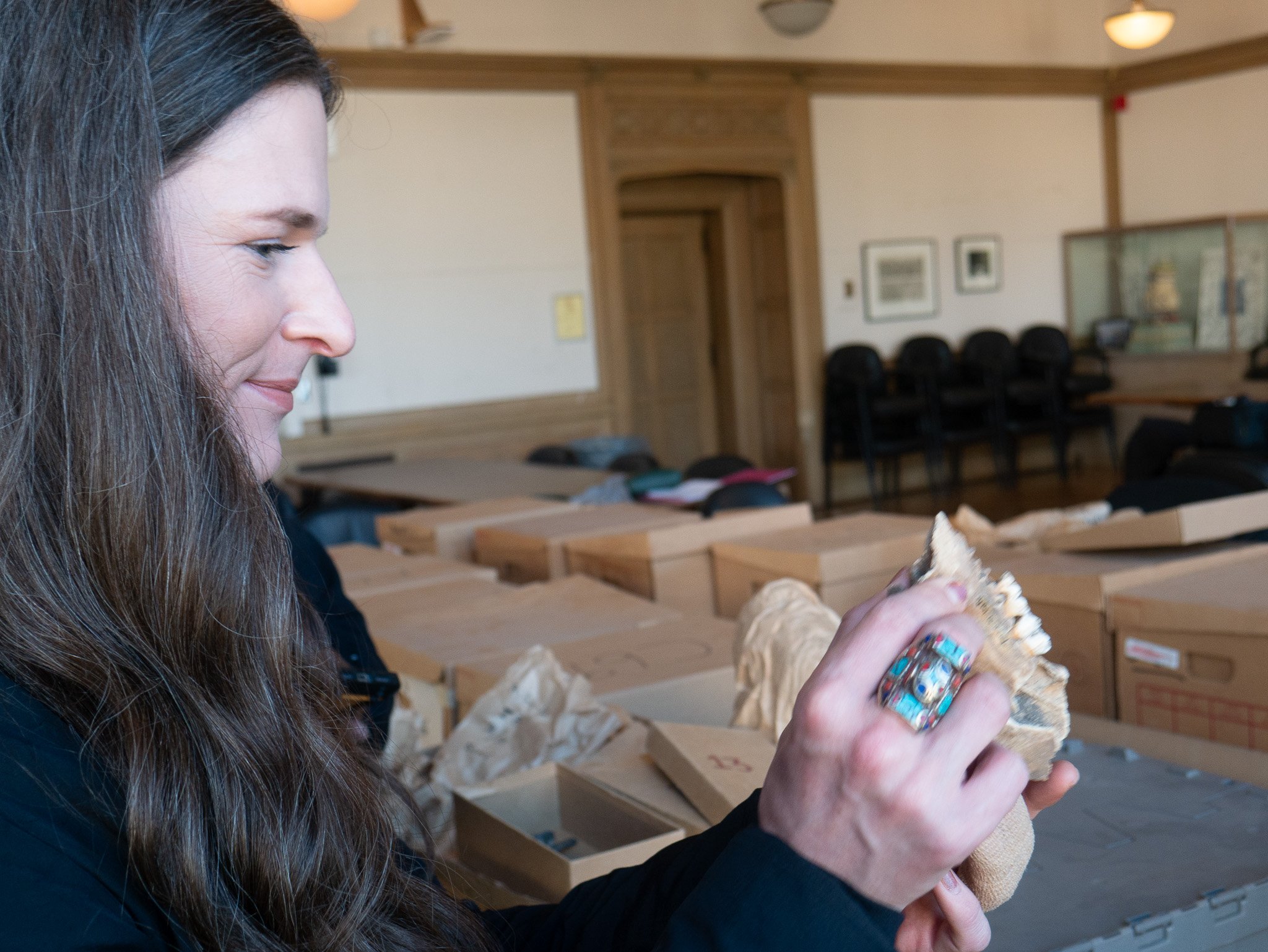
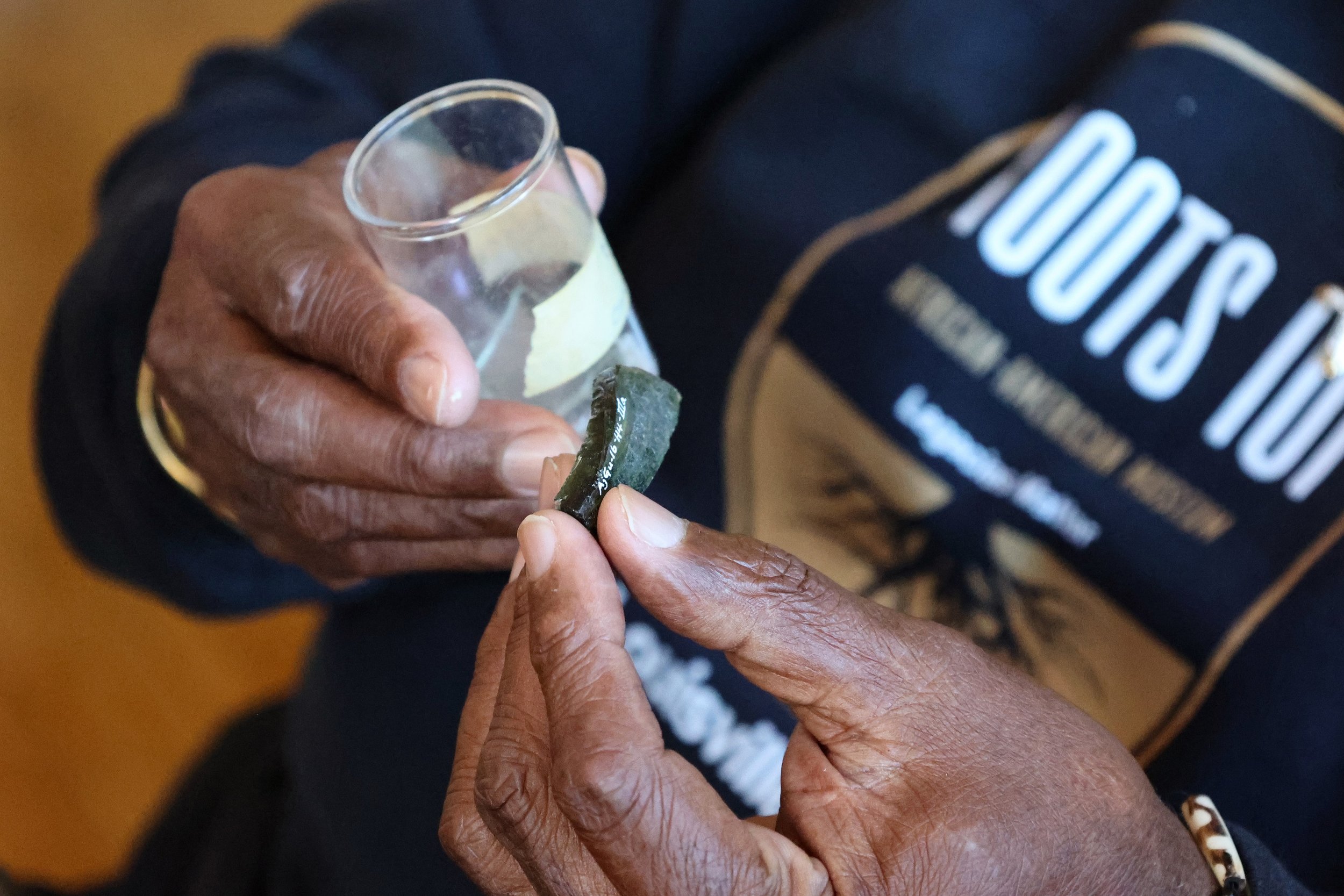
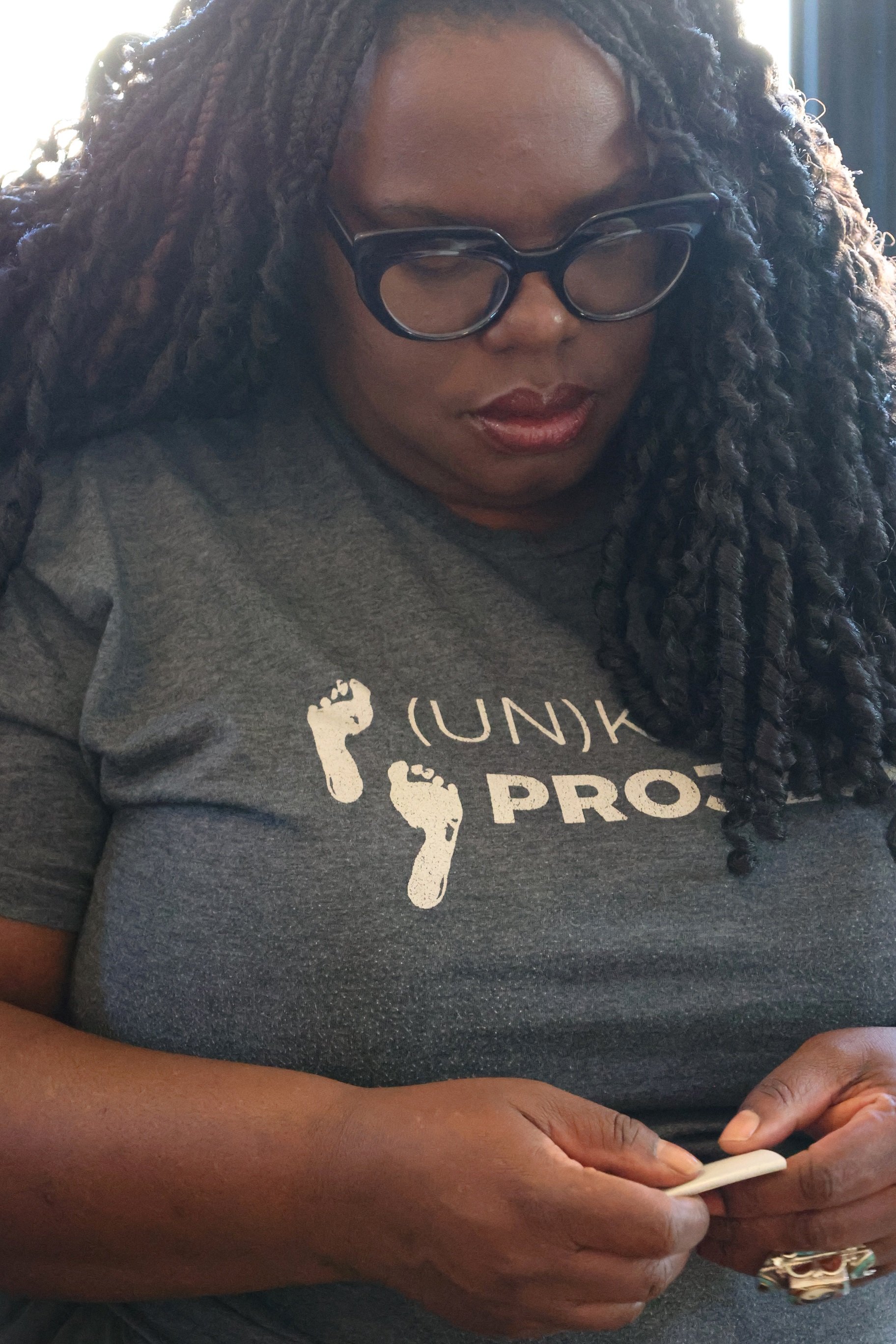
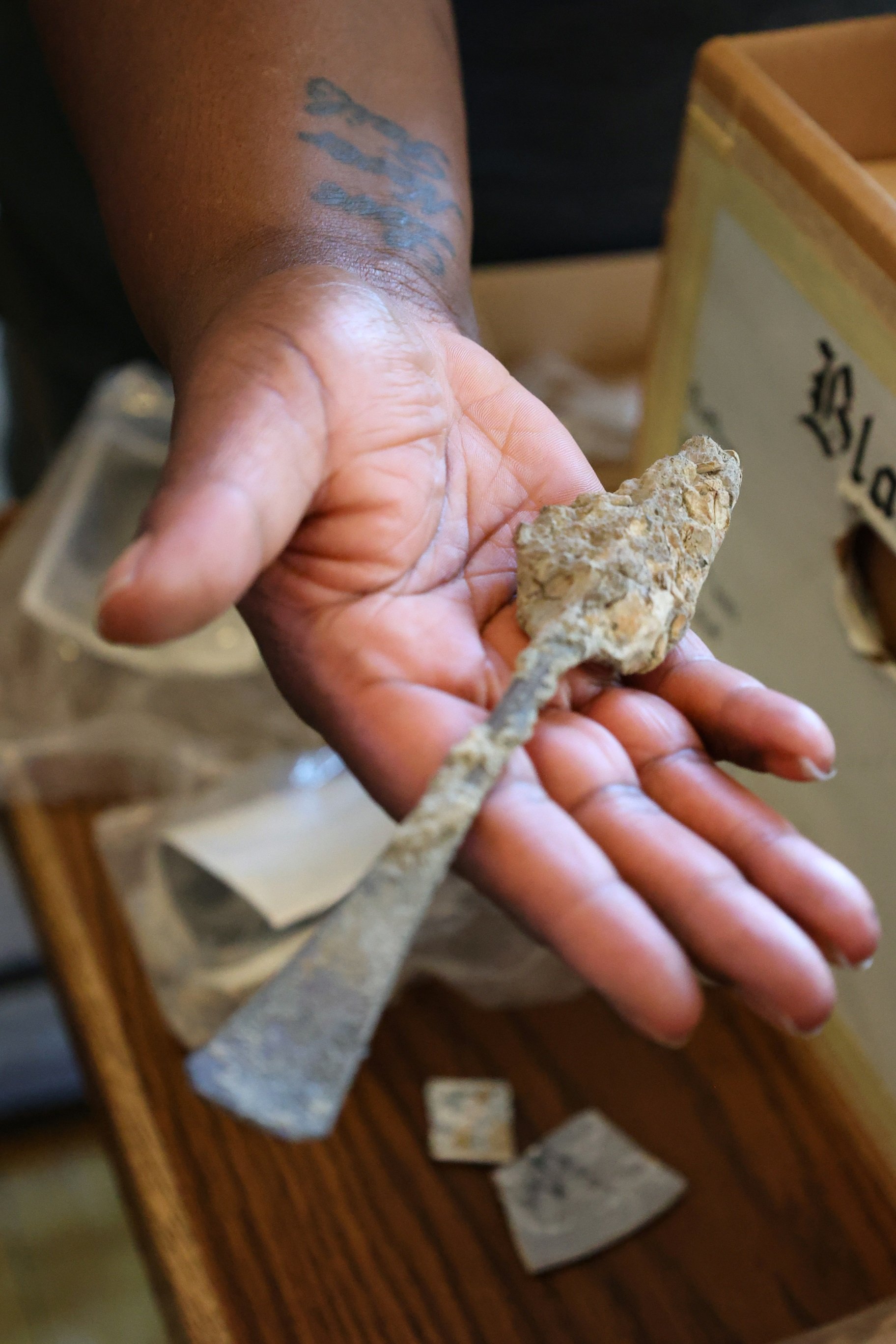
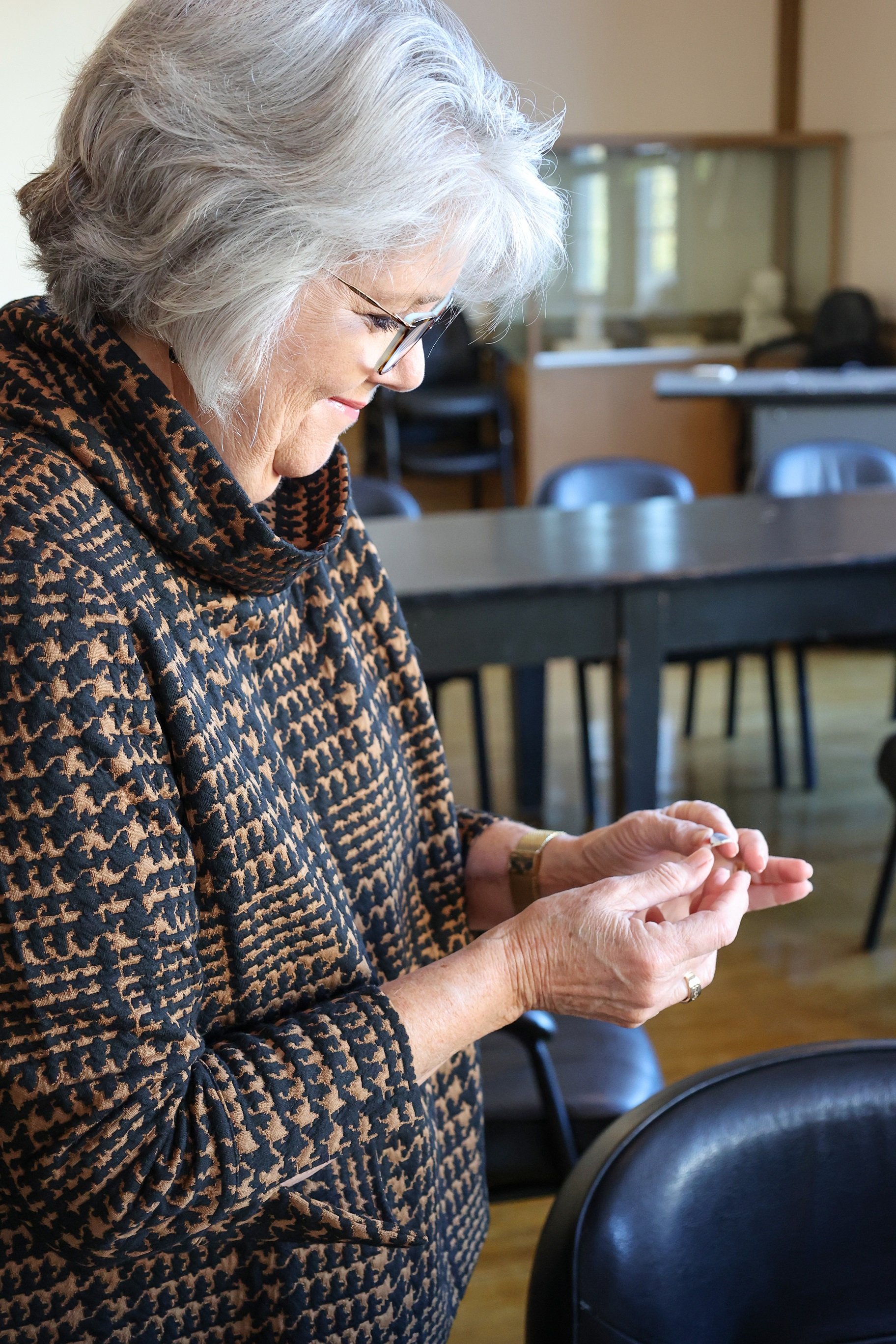
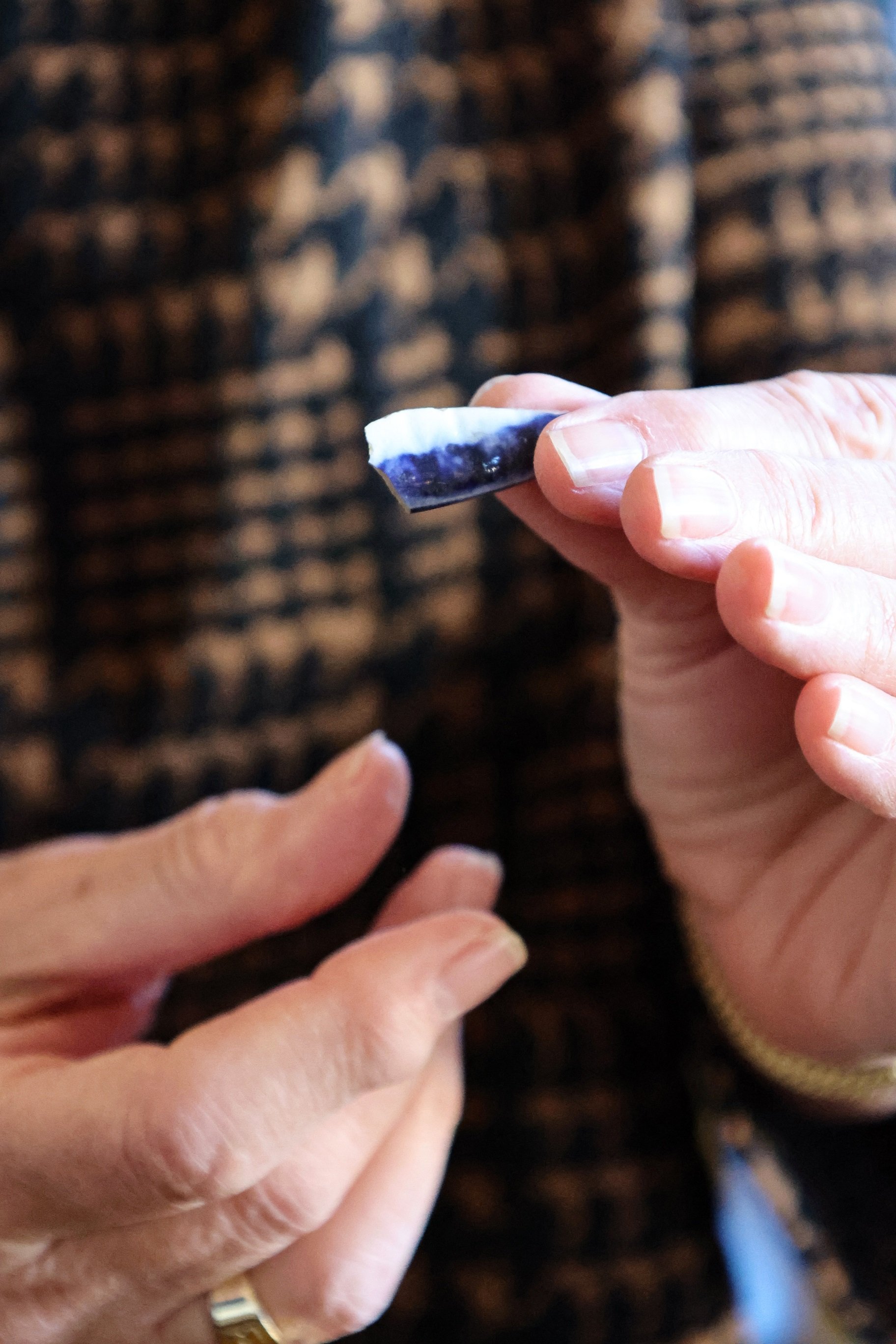
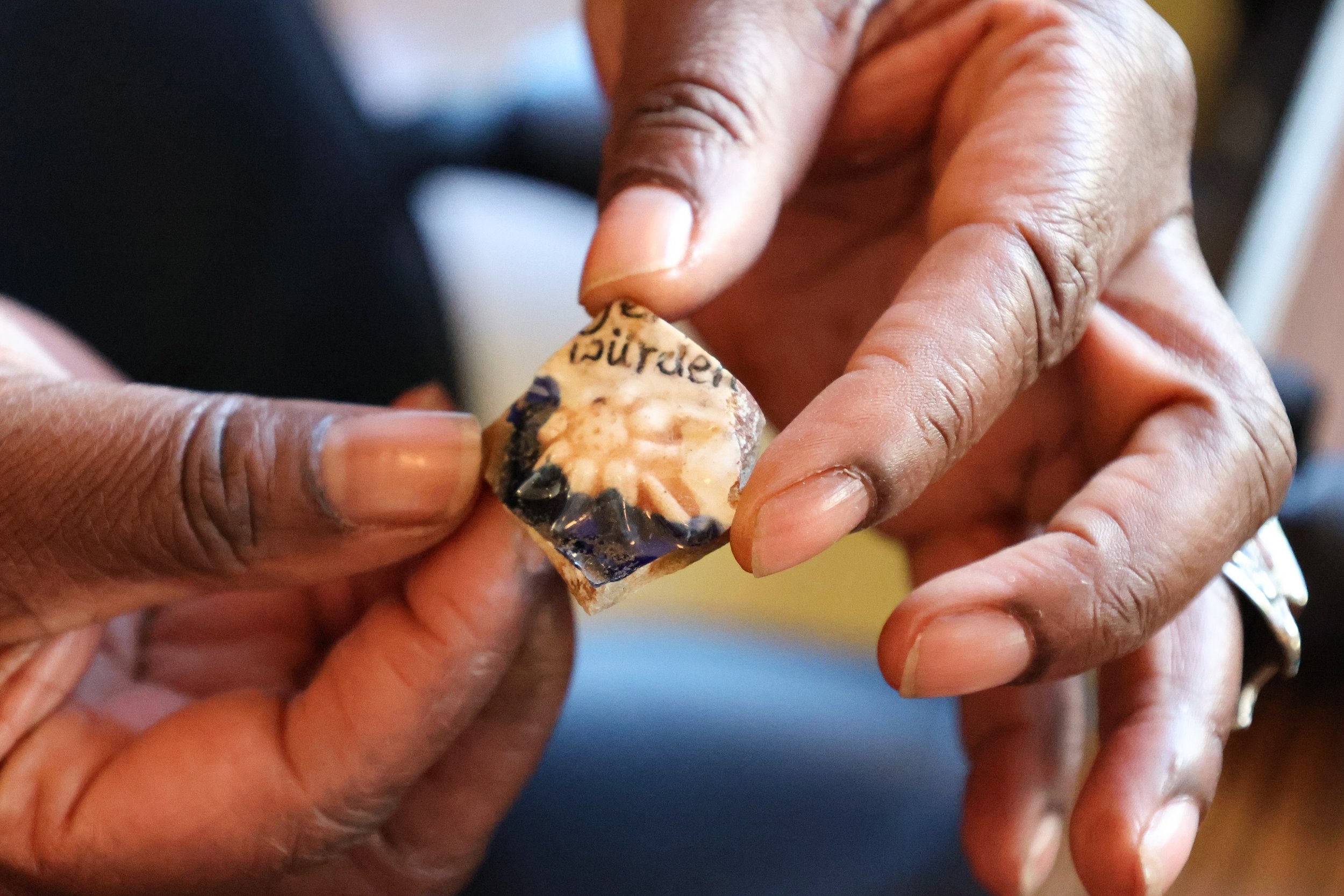

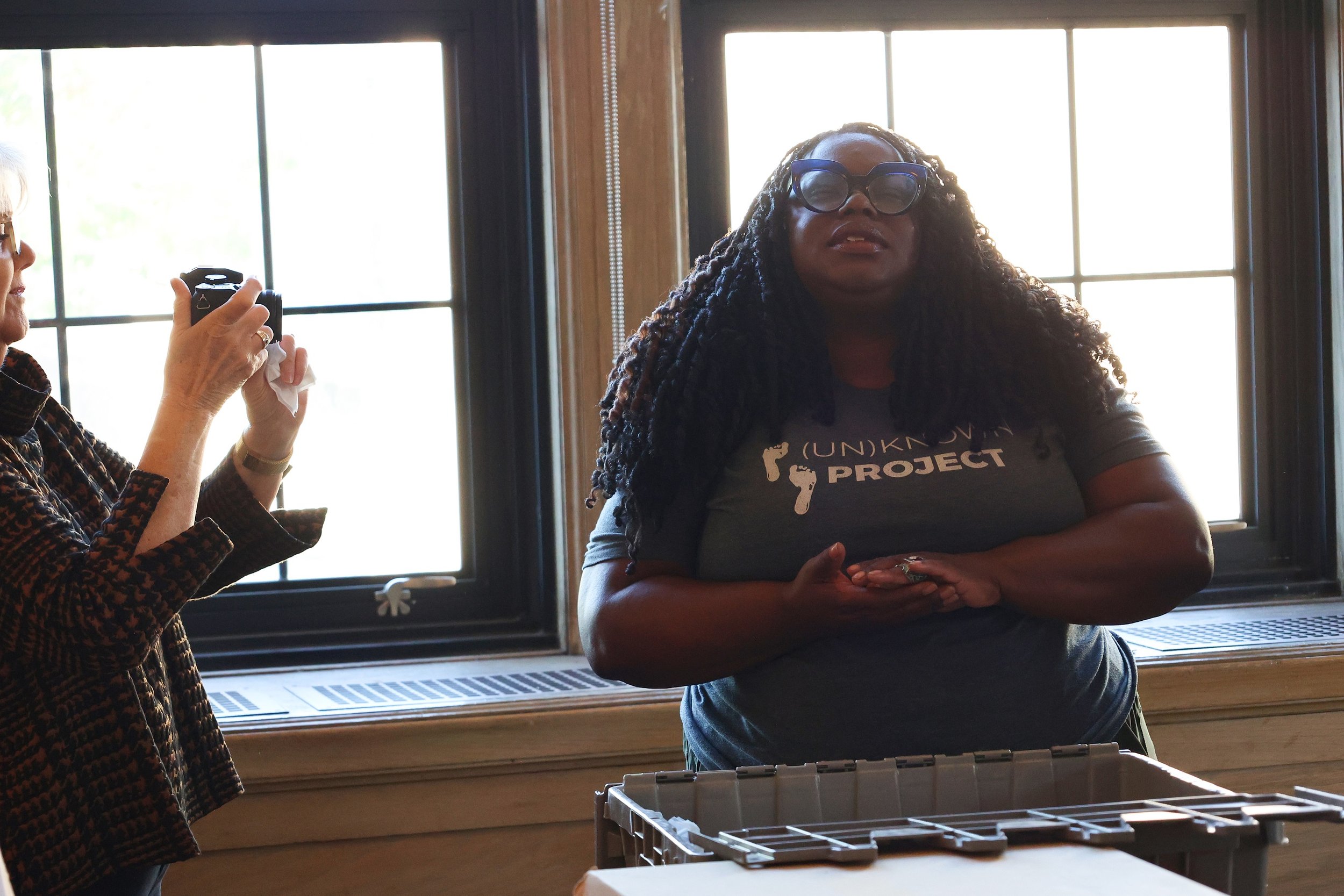
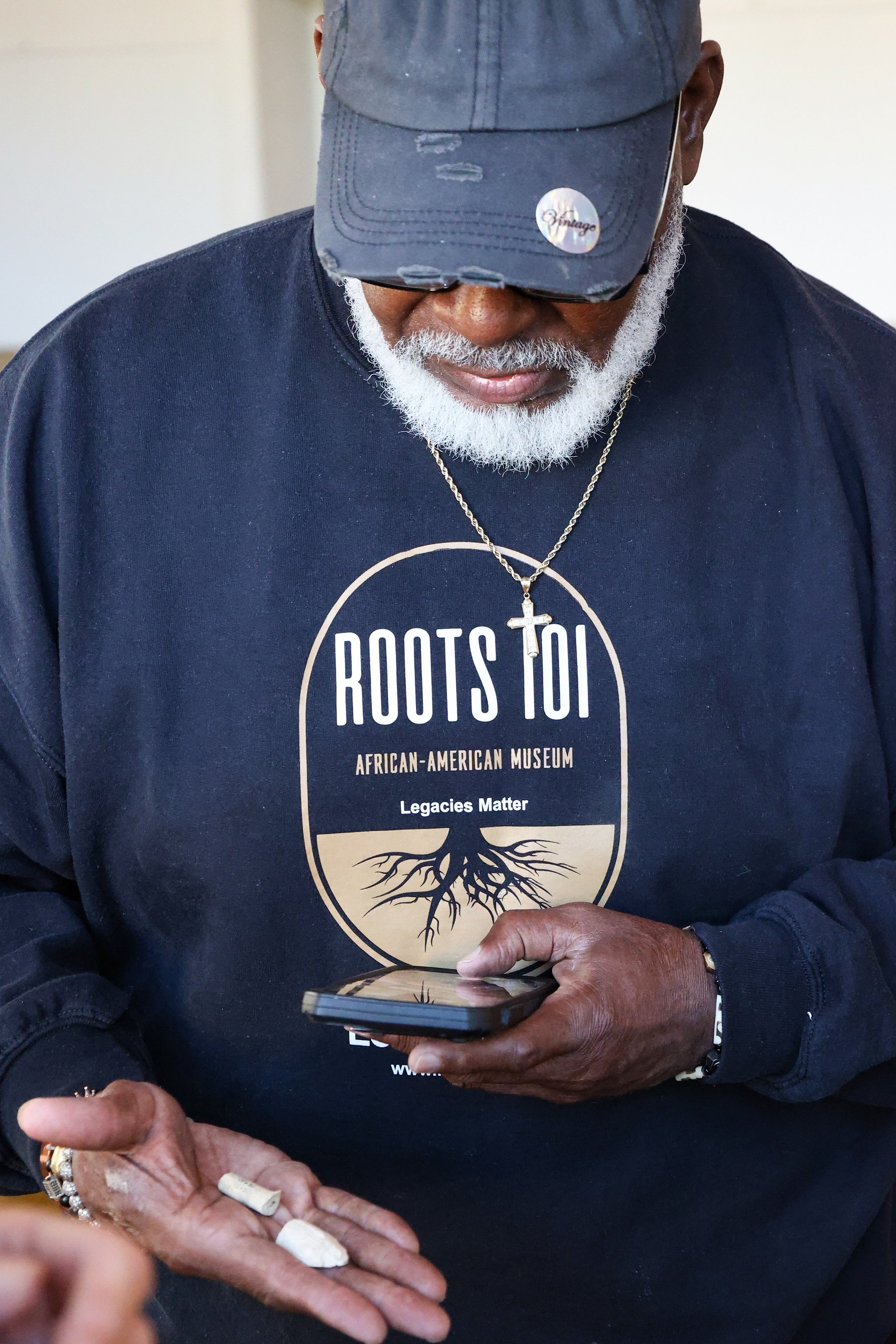

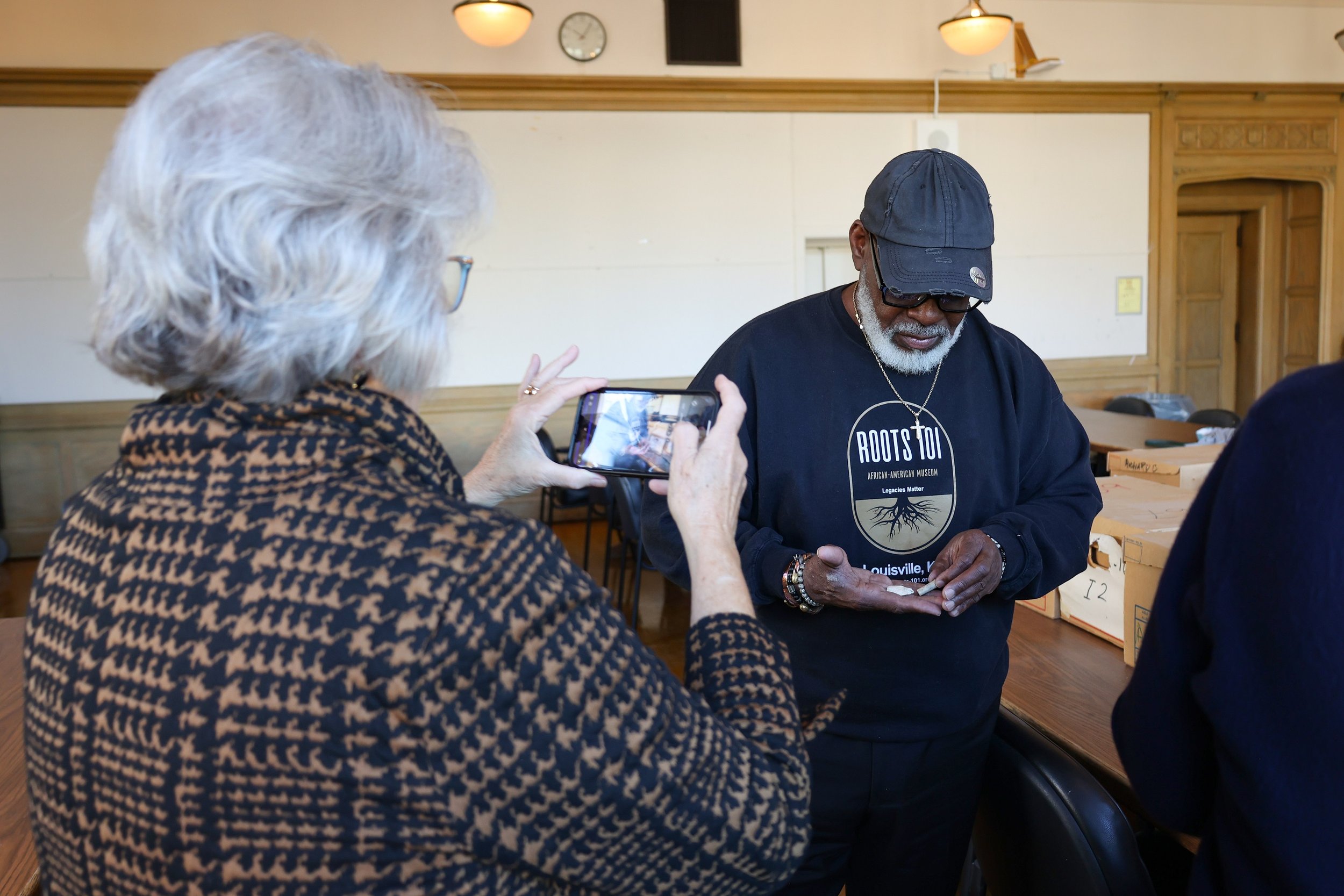
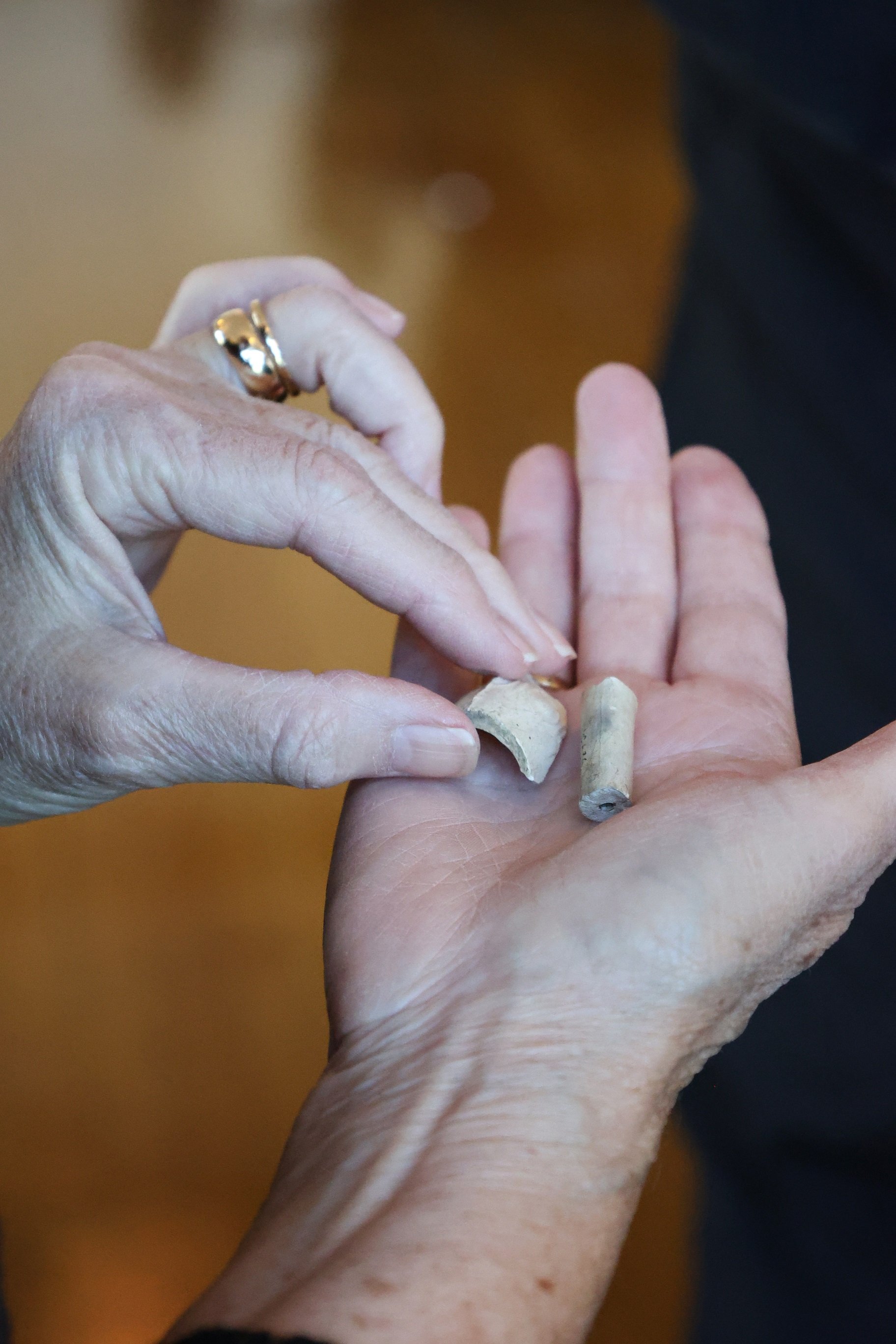
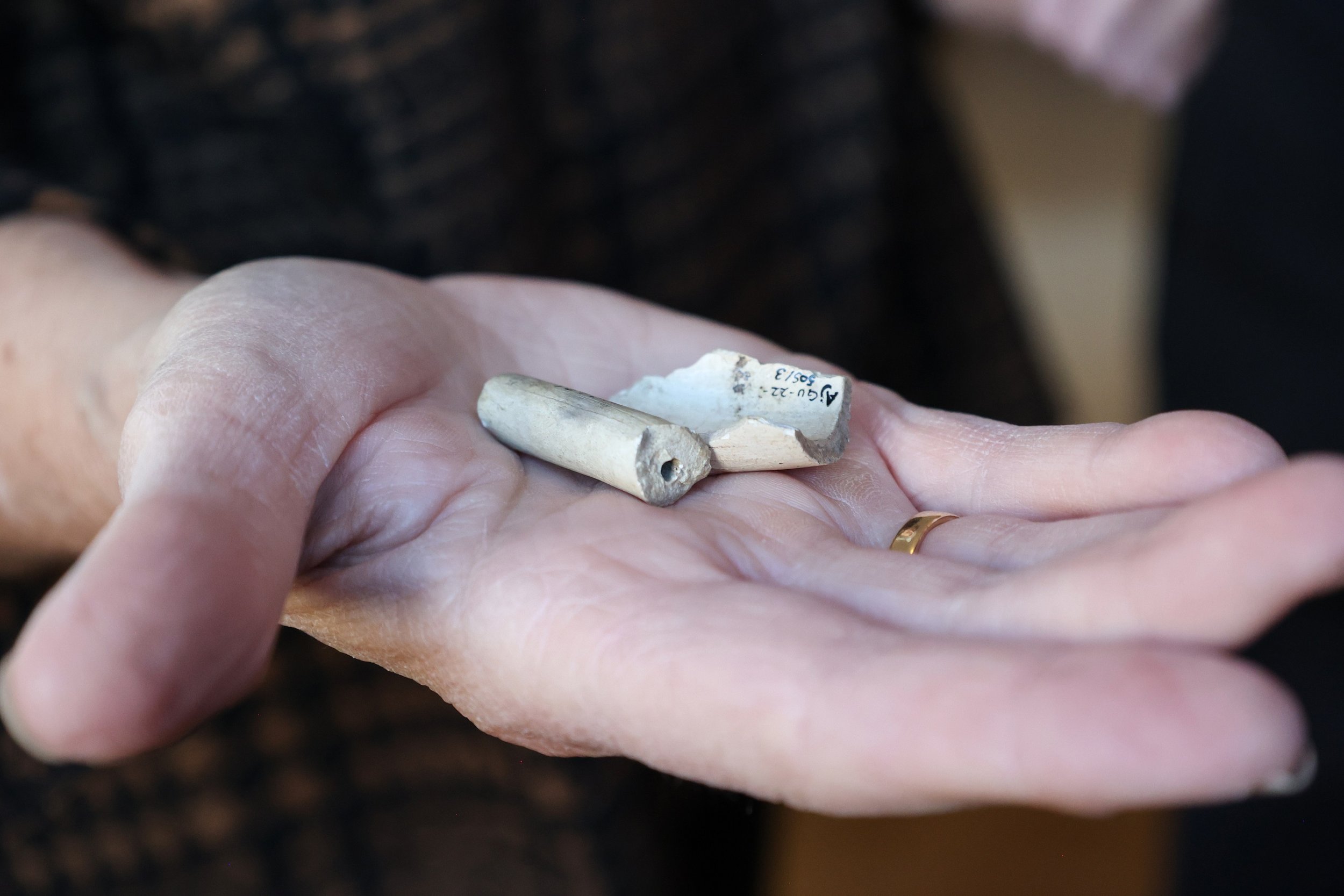
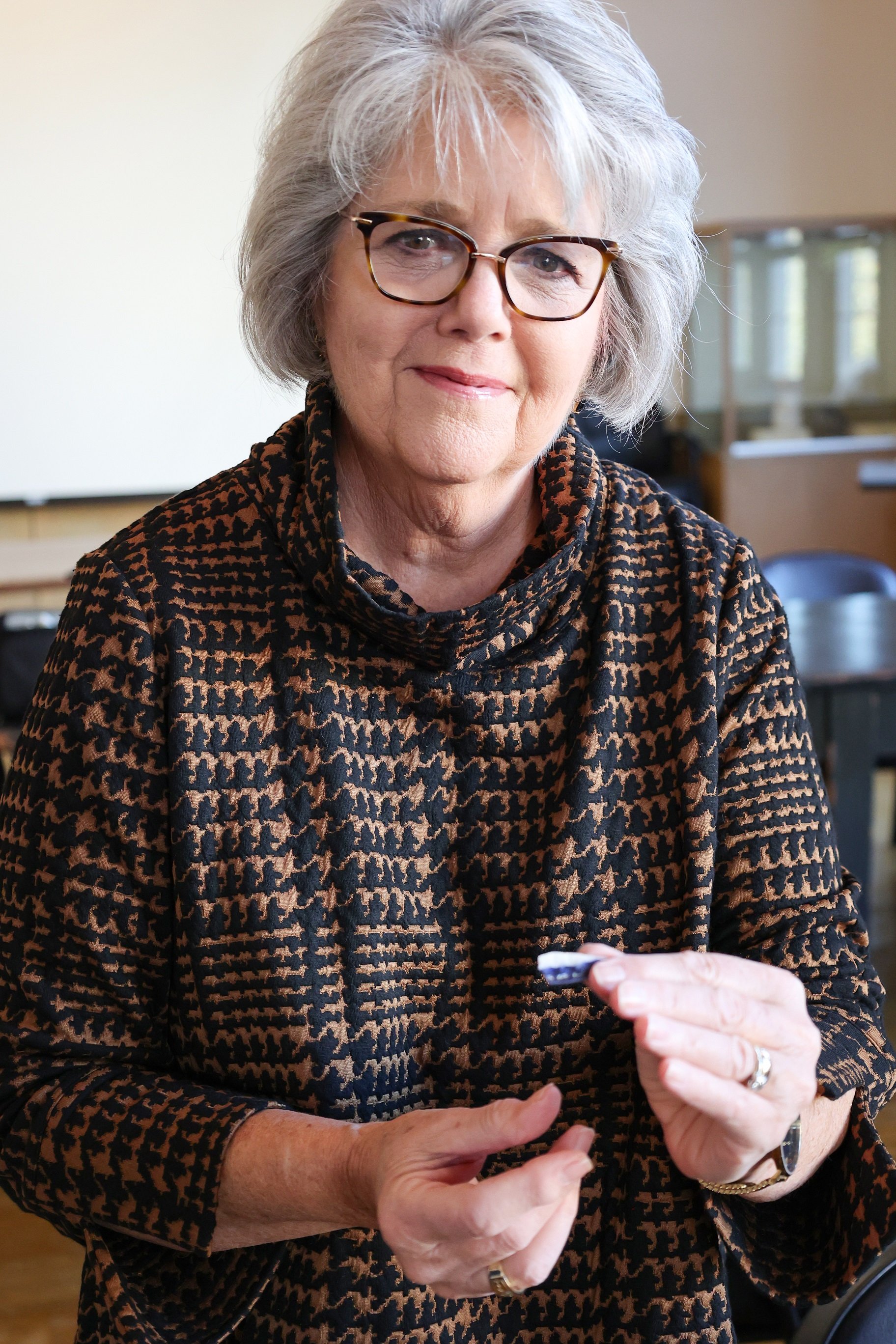
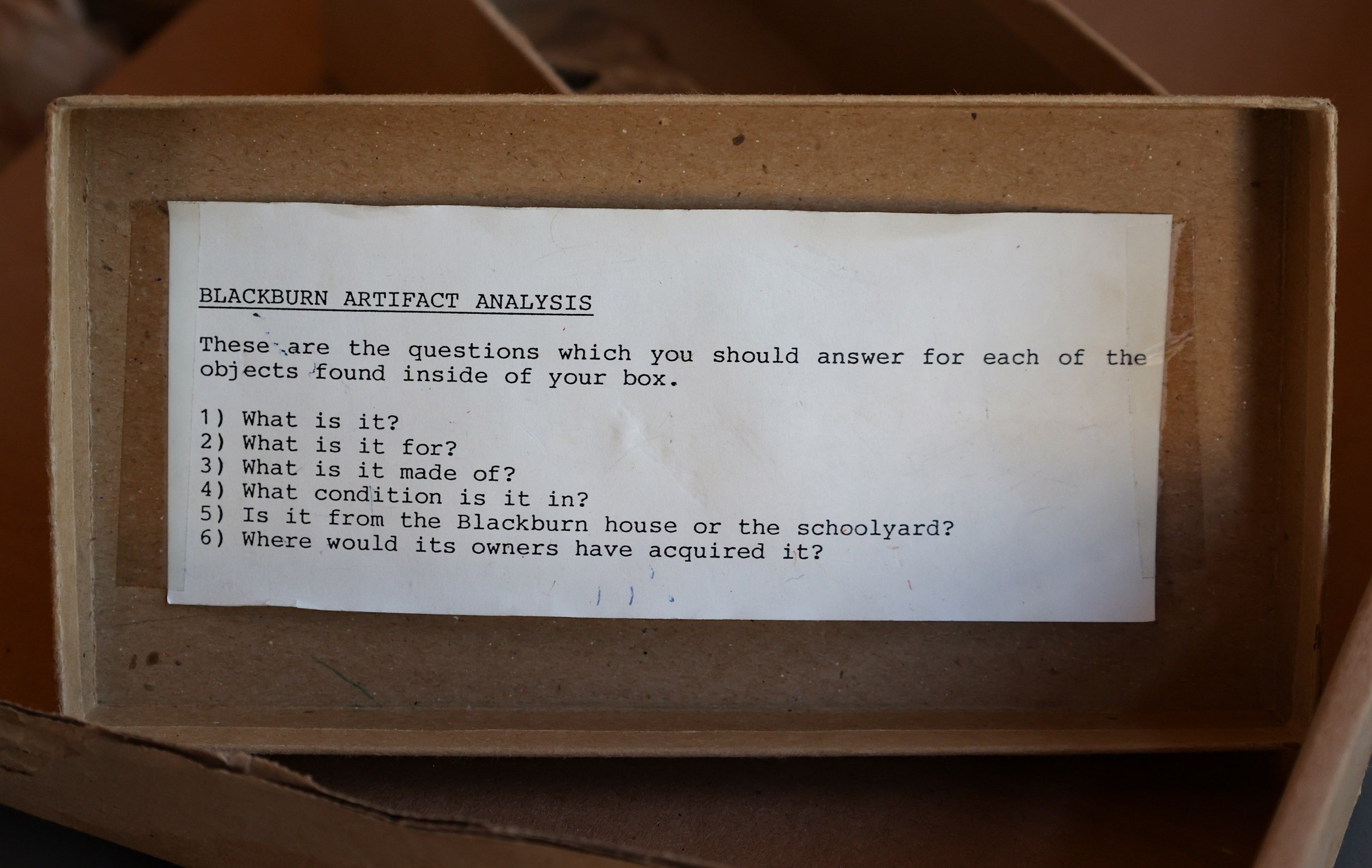
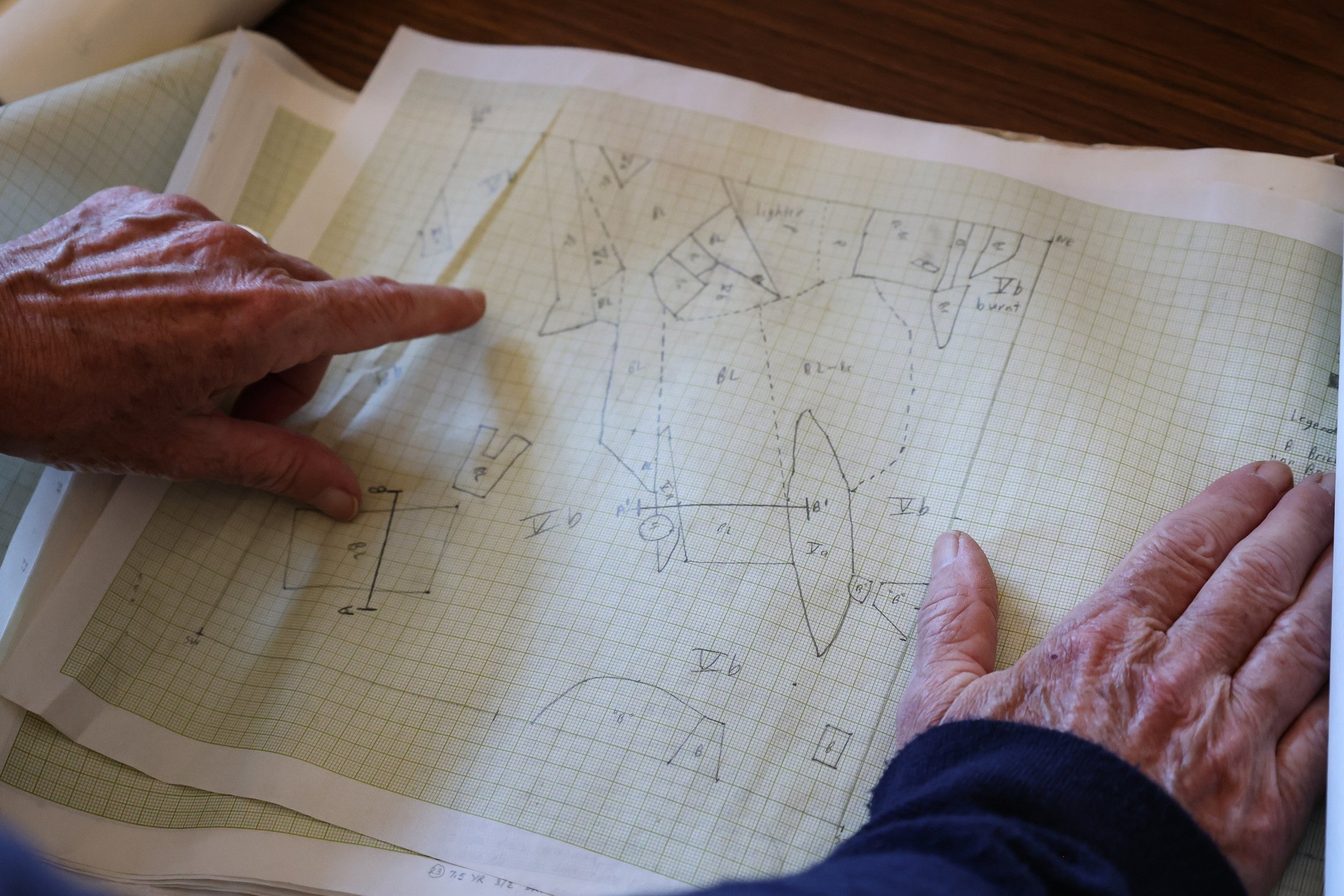
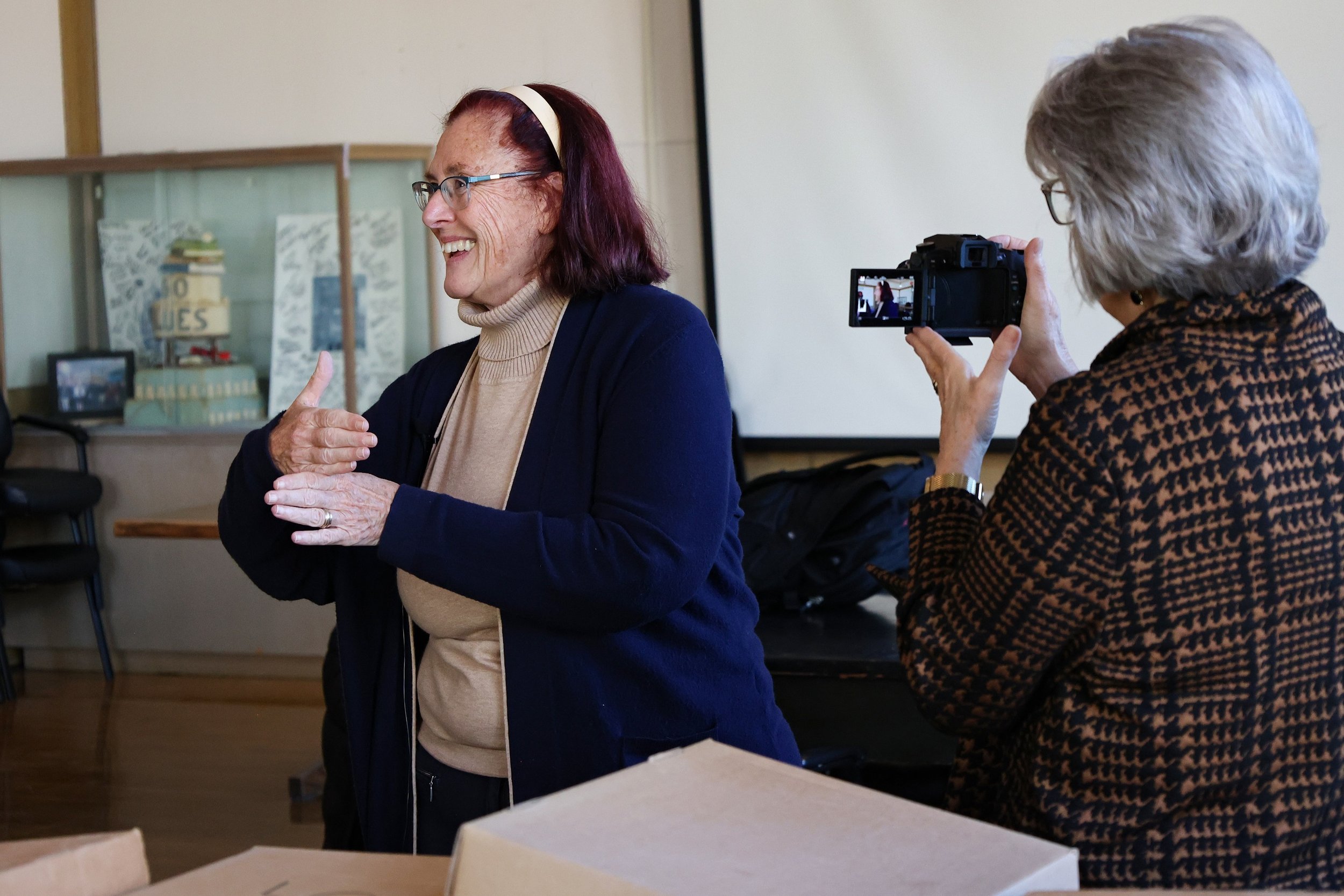

Rachel Platt
VP of Mission
Frazier History Museum
This Week in the Museum
Museum Shop: I’ve Got a Home in Glory Land
Canadian historian Karolyn Smardz Frost’s 2007 book I’ve Got a Home in Glory Land is a compelling narrative of Lucie and Thornton Blackburn’s daring escape from Kentucky, their arduous journey to Canada, and their remarkable achievements. Their escape from enslavement, struggles against slave catchers, and establishment of Toronto’s first taxi business showcase their courage and resilience. As prominent abolitionists, they inspire the fight for justice and freedom. Copies of the book are available in the Museum Shop and online.
Frazier Offers Free Tour The Journey: Unsung Stories of the Underground Railroad
Kentuckiana played a central role in the Underground Railroad and served as a major corridor for enslaved men, women, and children fleeing bondage. The Journey: Unsung Stories of the Underground Railroad is an immersive storytelling experience that uncovers the hidden stories of people and places in our community with close ties to this resistance story. It’s a free, walkable, drivable audio tour on which you visit six significant Underground Railroad–connected locations and landmarks along both sides of the Ohio River: four in downtown Louisville and two in New Albany, Indiana. At each location you listen to a 6–8 minute audio lesson. You take a similar route to that of Lucie and Thornton Blackburn, who fled Louisville to avoid sale and separation in the 1830s, traveling around downtown Louisville and then over the Ohio River to Indiana.
For more information, visit the Journey web page.
Simon Meiners
Communications & Research Specialist
Curator’s Corner: First Edition Copy of Uncle Tom’s Cabin, 1853
Uncle Tom’s Cabin by Harriet Beecher Stowe was a highly influential novel that helped gain support for the abolitionist cause in the 1850s. But did you know the story was inspired by a Kentuckian?
Copy of first edition of Uncle Tom’s Cabin by Harriet Beecher Stowe, published in 1853. Credit: Frazier History Museum.
Josiah Henson was born in Maryland in 1789. When he was four, he and his mother were purchased by enslaver Isaac Riley. In 1825, Riley sent his enslaved people to a plantation in Daviess County, Kentucky, owned by his brother, Amos. Henson became the overseer at the new plantation and worked as a Methodist preacher to try to buy his freedom, but the Rileys kept raising the price. Henson was finally able to escape to Ontario, Canada, with his wife and children in 1830. He became a leader among freedom seekers, preaching and telling his story.
Harriet Beecher Stowe read Henson’s book, The Life of Josiah Henson, Formerly a Slave, Now an Inhabitant of Canada, as Narrated by Himself, and invited him to her home in 1849. It was during this visit that Stowe gathered material to write Uncle Tom’s Cabin. Because of how his story inspired the book, Henson gained international fame, even meeting Queen Victoria in 1876.
Pictured above is a first edition copy of Uncle Tom’s Cabin that is part of our collection but is not currently on display. You can look for Josiah Henson’s story to be featured in our upcoming project that collects stories from all of Kentucky’s 120 counties.
Amanda Briede
Sr. Curator of Exhibitions
My memory of Freaks goes all the way back to my childhood in the 1980s. On Friday nights, when my mother allowed me to stay up past bedtime, I would watch horror movies on WHAS-11 TV. Freaks was one of those films that appeared on the channel, to the best of my recollection.
Mylar ad for Freaks, 1932. Credit: United Artists.
Based loosely on Tod Robbins’s short story “Spurs,” Freaks is a revenge story told through the eyes of several members of a traveling carnival troupe, who take vengeance upon an adulterous trapeze artist (Olga Baclanova), who is found trying to poison her cuckolded husband, a little person (Henry Earles), on their wedding night. “Gobba-Gobble! One of us! One of us!,” the carnival troupe chants during the famous wedding feast scene. In the rain-drenched climax, the troupe slowly encircle the trapeze artist and dispatch her to a fate worse than death.
The movie’s grim, grisly shock ending stayed with me into adulthood—so much so that I bought the Warner Archive DVD in the early 2000s and received the brand-new Blu-ray release of the film from the Criterion Collection this month.
German-language poster for a Tod Browning Film Festival featuring Freaks (1932) and The Devil Doll (1936) on display in the Frazier’s Cool Kentucky exhibition, October 20, 2023. Credit: Frazier History Museum.
Released in 1932, Freaks is a landmark film in the history of Hollywood and that of its director Tod Browning (1880–1962)—a Louisville native who is celebrated in the Frazier Museum’s Cool Kentucky exhibition. Freaks is considered by many as the one of the final nails in the coffin for Pre-Code Hollywood, an era in when crime did pay at the movies, drugs were not considered a vice, and showing a little leg was not a sin. Freaks also signaled the end of Browning’s time as a major player in Hollywood.
Before Freaks, Browning was flush with success. His prior film, Dracula (1931), had been an unqualified box office smash, had made Hungarian stage actor Bela Lugosi a movie star, and had created a monster franchise for its producer, Universal Pictures Corporation, in the process.
Because of Dracula, rival studio Metro Goldwyn-Mayer (MGM) gave its prodigal son Browning near-total artistic control to create his next horror hit. Unfortunately for Browning and MGM, critics and the moviegoing public were not thrilled at all about what he had in mind for an encore. In fact, they were offended and downright frightened by it.
Lobby card for Freaks, 1932. Credit: Employees of MGM.
Audiences were revolted by Browning’s choice (leaning on his own experience as a carny huckster himself) to cast actual sideshow performers, like conjoined “Siamese Twins” Daisy and Violet Hilton, the armless and legless Prince Randian, and Schlitzie, as members of the carnival troupe in Freaks. The film board in Atlanta, Georgia, barred the film from being exhibited there. Great Britain banned the film entirely from being shown anywhere on the Isle. The ban there remained in place for thirty years.
One member of the standing committee on motion pictures for the National Association of Women sent a copy of her unpublished film review of Freaks to Will H. Hays (creator of the Hays Code), asking how MGM could “stoop to the disgrace of making money out of hurt, disfigured, and suffering humanity.” But Freaks made no money for MGM upon initial release. It took them to the cleaners. According to Browning biographers David Skal and Elias Savada, it cost MGM $316,000 ($6.8 million in today’s dollars) to make Freaks in 1931 and the studio lost $164,000 ($3.6 million) in 1932 during the film’s original run.
After Freaks, Tod Browning continued to find work directing and writing treatments for movies. But he never again reached the heights of success and autonomy he had attained with Dracula. He quietly left the spotlight of Hollywood for good in 1942, living a retired life with his wife Alice Browning and their two St. Bernards in Malibu, California, until his death on October 6, 1962.
However, Freaks would not die. In the 1960s, the film was reassessed by film critics and became a cult classic among film enthusiasts and horror fans. It now is part of a Blu-ray set from the Criterion Collection.
Titled Tod Browning’s Sideshow Shockers, the two-disc set includes an essay by noted film critic Farran Nehme, an audio recording of “Spurs” (read by Browning biographer David Skal), and restored versions of Freaks and two silent films by Browning. They are The Unknown (1927), starring Lon Chaney and Joan Crawford, and The Mystic (1925), starring Aileen Pringle and Conway Tearle.
Brian West
Teaching Artist
Frazier+ Video of the Week: Film Director John Carpenter
Now the Frazier fits in your pocket! Curated by the museum’s education team, the mobile app Frazier+ provides engaging and educational Kentucky history content—free of charge. Users can explore the museum’s collection of videos, photos, and texts to either heighten their in-person experience or learn from the comfort of their couch or classroom. The free app is available for download for Android and iOS devices through the App Store and Google Play.—Simon Meiners, Communications & Research Specialist
With Halloween right around the corner, this week we offer one of our most creative Frazier+ videos. Brian West, with the horror help of intern Owen Treolo, shares the story of film director John Carpenter, who spent formative years of his life in Bowling Green, Kentucky.
Try not to get too scared . . .
Mick Sullivan
Curator of Guest Experience
Frazier’s Mick & Kent Celebrate Pikeville Singer Dwight Yoakam’s Birthday
Whether you’re just “South of Cincinnati” or you’re “A Thousand Miles From Nowhere,” won’t you “Please, Please Baby” join us in wishing Dwight Yoakam a happy birthday? Pikeville, Kentucky’s native “Honky Tonk Man” turns sixty-seven today. Mick and I chose this song off Dwight’s 1987 sophomore album Hillbilly Deluxe. It’s been more than “Twenty Years” since the song’s release—but even though “Things Change,” we still find “Little Ways” to celebrate that “Dangerous Man.”
Kent Klarer
Grant Manager & Writer
When you walk through the beginning portions of the Frazier’s Commonwealth exhibition, you encounter artifacts on loan from Corn Island Archaeology that demonstrate the technological abilities of Native peoples who lived in the local Kentucky and Southern Indiana area. As I wrote in the August 21 Frazier Weekly, most of these artifacts come from the Middle to Late Archaic Period as well as the Early to Middle Woodland periods.
Archaeologists date these time periods based upon a number of factors. The factors include how the artifacts were made, the style in which they were made, and the layer of the Earth from which they came—which, in archaeology, is called the Law of Superposition. Because the geological layers of the Earth are so distinct, knowing an object’s position helps archaeologists date it. Archaeologists can see this as they dig—when the layers of soil change colors and/or textures. This, combined with other dating techniques archaeologists use, are why the artifacts have such great date ranges.
Native American objects on display in the Frazier’s Commonwealth exhibition, May 2022. On loan from Corn Island Archaeology. Credit: Mary Helen Nunn, Frazier History Museum.
Reproduction of scraper and spear on display in the Frazier’s Commonwealth exhibition, October 18, 2023. On loan from Corn Island Archaeology. Part of the Donald Janzen Collection. Credit: Frazier History Museum.
Nutting stone from the Archaic Period, retrieved from the Old Clarksville Site, on display in the Frazier’s Commonwealth exhibition, October 18, 2023. On loan from Corn Island Archaeology. Part of the Donald Janzen Collection. Credit: Frazier History Museum.
On display in The Commonwealth are tools created during the time ranges mentioned above. People in these time periods were hunting, fishing, making clothes, tanning hides, and preparing various types of food. Among the objects on display are bone needles created from the leftover materials from a previously hunted animal. To make the needles, Native peoples used fine stone tools to whittle down the bone until it created a point then made the eyelet. With the needle, they could then sew together hides they had tanned with sinew, ligaments, and tendons treated to make string and thread. After that, they could use the string and thread to manufacture clothes. Also on display is a scraper, a tool Native peoples used to clean hides for tanning to add in the manufacture of clothing.
Also featured in the display cases are several types of drills, which Native peoples in the Kentuckiana area used to help manufacture other tools. They used projectile points to hunt animals such as deer, squirrel, and turkey. Bone fishhooks are also on display: these hooks were made along with net production (nets aren’t often found as they tend to biodegrade before archaeologists can excavate a potential site) to fish the Ohio River, the Salt River, and smaller creeks.
After collecting many types of plant materials, Native peoples used some as food: they ground the plants with a pestle on a nutting stone, examples of which is on display in The Commonwealth. Similar to making wheat into flour or corn into masa, one can use the pestle to grind these nuts into a paste to make a nutritional meal or an additive to other foods. Native peoples would collect these plant materials and food sources in the ceramic vessels for transportation to their next location or across the camps they inhabited.
It is simply fascinating to see how humans have functioned throughout the vast history that archaeologists continue to uncover.
Sammie Holmes
Laboratory Manager, Corn Island Archaeology
Guest Contributor
In June of 2023, five-year-old Lucy was attending summer camp at Kentucky Science Center. One day during the camp, she and her fellow classmates got to visit the Frazier Museum on a field trip. That afternoon, and for the many weeks to follow, Lucy shared endless stories with anyone who would stand still long enough to listen. She repeatedly asked her parents when she could go back to the Frazier because “[she] had so much fun and wanted to show [them] everything!”
Her Mom wrote a thank you note to the Frazier sharing Lucy’s enthusiasm and desire to return. The thanks were shared amongst their team, and it was then that Lucy was invited to come back to the Frazier as their guest to share her favorite things at the Frazier. She returned with her Mom and Dad and quickly set to work showing them around. She shared stories of the different exhibitions that she recalled from her field trip. She had to seek out some of her favorites (a five-year-old’s sense of direction being what it is) but bee-lined for them once she spotted them. During the search, she found other fun new exhibitions she hadn’t seen or didn’t remember seeing on her field trip.
Outlined below are her top five favorite exhibitions (listed in the order she found them) and, in her own words, why they’re her favorites.
“The Park.” As we walked in, she was drawn to a large table with all the pieces necessary to build your own park. Though initially approaching with a puzzled look, “What? This was NOT here when I was here before,” she sat down and quickly became immersed in creating her own park in her own world. Sliding back and forth down the bench to gather the pieces she wanted and often taking the pieces her parents were playing with because “those were the exact pieces [she] needed for [her] park.” Why is this exhibition one of her favorites? Loose parts, open ended play where she gets to imagine and create: these are the components of her favorite play. “I'm gonna pretend the grizzly bear and the deer are making friends and playing football in the water.” It took a few reminders from her parents that there was a lot to see and they could come back and play some more before she finally said “There!” so as to indicate it was just as she wanted it. (I should note that when we returned to the first floor on our way out, she stopped by the park only to find someone had dared to come behind her and rearrange it. She quickly set to work putting it back and insisted that we take a picture so she can “put it back if someone mixes it up again.”)
“The Fish on the Floor.” On the second floor, as soon as we came up the stairs, Lucy spotted the “fish on the floor” room in The Commonwealth exhibition. She ran in, gesturing and calling for her parents to “come on! This is it!” Why is this exhibition one of her favorites? “Because I get to try to catch the animals.” Once inside, she began chasing the fish around the room, even laying on the floor to try to catch them and then proclaiming: “I actually did! I caught it!” Even though she had been describing it as the “fish room,” she was quick to point out that “there are other animals there, too, and you can catch them if you want but I want to catch the fish.”
“The football toss.” After the “fish room,” Lucy knew exactly what she wanted to find: the “football toss.” Walking almost at a run, she led the search around the second floor. They found the Kentucky Rivalries exhibition and the “football toss” was in the back corner. Once she spotted it, she took off at full speed, excitedly scooping up all the footballs and handing them out to her parents. She decided that “Daddy should be the Louie Team `cause it’s his favorite and she and Mommy would be the Blue Team.” (She likes to share the excitement of a favorite with other people.) Probably twenty-plus minutes were spent throwing the footballs. Why is this exhibition one of her favorites? “Because I get to practice my big jumps but I don’t like the basketball as much because it’s too tall. Maybe when I grow up more taller.” (It didn’t help that Daddy made sinking about thirty baskets in a row look so easy.)
“The food store/grocery store.” Why is this exhibition one of her favorites? “[It’s] really entertaining for games, it’s really entertaining. It’s really entertaining for me.” So entertaining that the largest portion of the visit was spent in “the food store” towards the end of The Commonwealth exhibition. Lucy ran into the space and instructed her parents to wait outside the door. She then did a quick lap around the space and then ran to the phone on the wall, all the while providing a running commentary on her play. “Oh, I’m at the store, there’s so much foods. I’d better call Mom and see if we need anything! RING RING! RING RING! Hello, Mom, are you there?” Playing along, “Hi Lucy!” “I’m at the store do we need anything for soups and dinners?” “Yeah, we do. Thank you for asking. Could you please get us some [insert vegetable here]?”. Alternating between calling her parents, this scene went on, almost verbatim, over and over until every vegetable in the store was placed in a basket and arranged on the counter. Then we had to “check out,” so she weighed every basket and used her “pay for it card” to buy them all. She then helped put every vegetable back in its bin, politely correcting her parents if one vegetable slipped into the wrong bin, “silly Daddy, that’s not a potato that’s a pepper but it’s not a red pepper it’s a yellow one so don’t put it with the red ones because it’s not red it’s yellow.”
“The boat wheel.” Her final favorite was one she remembered once she saw it. Rounding a corner in The Commonwealth exhibition, Lucy spotted the “boat wheel.” She ran onto the staged bow of a boat complete with sacks and a ship’s wheel. She tossed some of the sacks around the ship and instructed her parents to do the same—“[she’s] the captain, after all.” She then hopped over to the wheel, cheerfully steering the ship while singing. The song wasn’t familiar, it didn’t even make a lot of sense, but she sang it with gusto. Why is this exhibition one of her favorites? Because “I can pretend I'm a pirate and make up a pirate song “yar!” (she said making her best pirate face).
An honorable mention for a favorite is being given to Mick Sullivan for “the Biscuits Song”. While Lucy was unable to remember the words, every time she talks about the Frazier, she talks about Mick and the biscuit song. (Guess we’ll just have to keep going back until we all learn the biscuit song!)
As adults, the reasons we go to museums, the way we interact with the exhibitions, is so cerebral and a little more reverent. Seeing this space through the eyes of an excited and engaged child whose drive is more instinctual and inquisitive is truly an inspiring and rewarding experience. As she was leaving the museum, visibly slower than when she arrived, Lucy told her parents “We’re gonna have to come back soon again so I do it more again and then I can show all these things to James (her little brother).” Hopefully, on your next visit to the Frazier, you’ll find some favorite things that you can’t wait to share with anyone who will stand still long enough to listen.
Lucy K. (with Help from her Mom, Julia)
Kindergartener
Guest Contributor
Frazier Exhibits Team Supports East Hardin Middle School Student Projects
The Frazier education team is always looking for ways to expand our reach to counties around the state. So we were excited to receive a special request from East Hardin Middle School teacher Taylor Wright early in the school year. She had hoped to connect her seventh graders with staff from the museum’s exhibits team so they could better understand the process and procedures for putting together a museum exhibit to help prepare them for creating their own exhibits on West African kingdoms. Luckily the timing worked well, and several exhibits staff members were kind enough to take the time to meet with the students virtually and take questions. But don’t just take it from me: you can learn more about the project and the student experience in this overview by Eastern Hardin seventh grader Ava Y. below.—Megan Schanie, Sr. Manager of Educational Programs
Frazier senior director of engagement Casey Harden speaks remotely to a class of seventh graders at East Hardin Middle School, 2023. Credit: East Hardin Middle School.
One of the East Hardin Middle School seventh-grade student groups, Wright Group #1, poses with their exhibit on West African kingdoms, 2023. Credit: East Hardin Middle School.
The goal of our project was to learn about trade in the West African kingdoms. We first learned what artifacts were and how historians choose what’s important from the past. The team was then tasked with creating a museum exhibit with three artifacts and description cards. The cards explained what the artifacts were and how they impacted trade in West Africa. At the end of our project, our team presented our exhibit to staff members and community members. Every member of our group was expected to be able to discuss our artifacts and how trade defines the West African kingdoms.
As a class, we met with the Frazier Museum exhibit teams to learn more about what goes into creating an exhibit. When we met with one of the exhibit designers, he gave us several pieces of advice we were able to use while creating our projects. The designer discussed the importance of portraying groups in an accurate sense. This made us more aware when we researched our artifacts. He then explained how each of the team members worked on something different while designing exhibits and choosing the artifacts to go in them. In a sense, we became a much smaller version of the Frazier Museum team as we worked on our artifact replicas. For example, in our group, I worked on our digital artifacts, while two of our other team members researched our description cards and another one worked on our physical artifacts. Through this process, the Frazier Museum taught us the importance of working together, even as we all worked on something different.
Ava Y.
Student, East Hardin Middle School
Guest Contributor
Frazier Draws Sellout Crowd for Byron Crawford Program
Audience members attend the program with storyteller Byron Crawford in the Frazier’s Great Hall, October 19, 2023. Credit: Frazier History Museum.
From left, hosts Rachel Platt and Joe Arnold interview Byron Crawford during the Frazier’s program, October 19, 2023. Credit: Frazier History Museum.
It was a beautiful trip down memory lane at the Frazier last Thursday with one of Kentucky’s best storytellers, Byron Crawford. It was a sellout crowd that included former colleagues from Crawford’s media days, family members, friends, and just fans of the legend who continues to gift us with his storytelling. We gathered to celebrate his new book The Back Page, which is a compilation of his columns that appear on the back page of Kentucky Living.
Crawford’s respect for his craft was palpable, and his words of wisdom invaluable. He talked about making your subject, not yourself, the focus of the story. He talked about how to listen, really listen—how to not fill the voids of silence, but instead let them do it.
I sure was listening to those pearls of wisdom. I was also laughing, and crying, because a great storyteller like Byron Crawford brings out all the emotions. Well done!
Rachel Platt
VP of Mission


